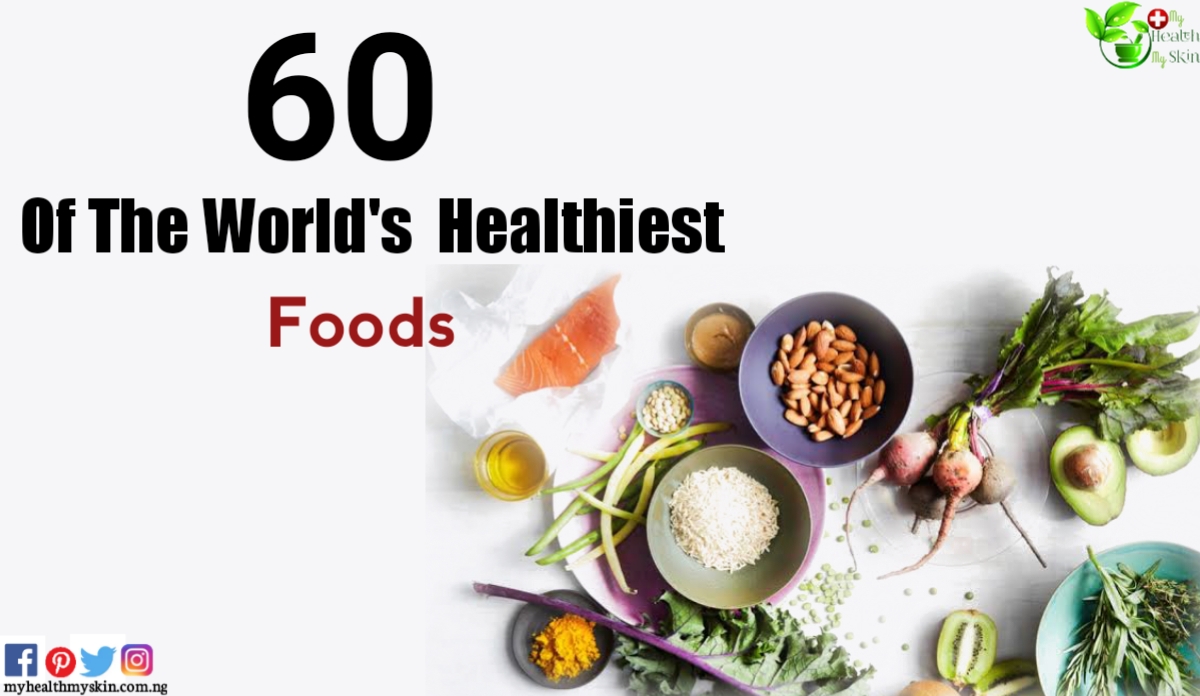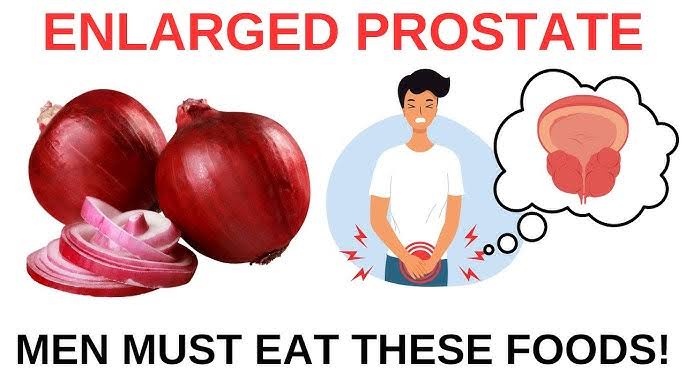We already did a post on a detailed guide to a healthy food, explaining what’s healthy food and all you need to know about healthy food. Now, you must have understand the benefits of eating healthy food.
In this article, you will read about 60 of the world’s healthiest foods. This is an essential guide for the Healthiest way of eating. It also includes why they are great and ways to incorporate them into your diet.
The World’s Healthiest Foods
The world’s healthiest foods are health promoting foods that helps both the mind and body thrive: food that’s full of vitamins and minerals helps your body function well. And if you’re looking for more ways to stay on course with your healthy eating goals, here are Healthy Chicken Recipes you should try!
When we eat well we feel good, when we feel good we’re happier, when we’re happier we’re more productive, and the wonderful cycle continues.
Increasingly, shops and restaurants around the world are getting on the healthy eating bandwagon, making it easier for people to treat their bodies right.
What Are The World’s Healthiest Foods?
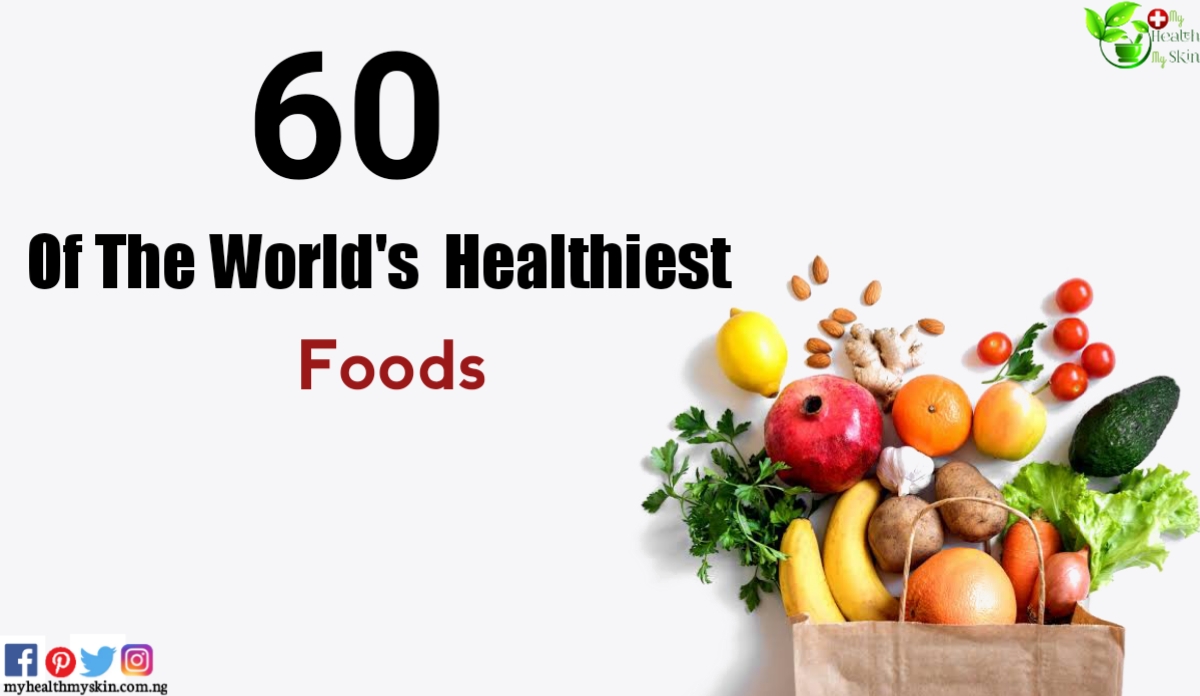
Here are 60 of the world’s healthiest foods list:
Spices
Wars were fought over them, best-selling pop groups were named after them and new continents were discovered in search of them.
But before they were money or Sign of Girl Power, spices were medicines—healers that date back to the world’s first civilizations.
The 21st century brings a new chapter to the spice world story: one of scientific exploration. Today’s researchers are discovering incredible health and nutritional riches in spices.
From balancing blood sugar to boosting brain power, and even promoting weight loss, here are eight of the healthiest spices on the planet, plus helpful tips for making the best purchase for the ultimate healing spice rack!
60. Cocoa
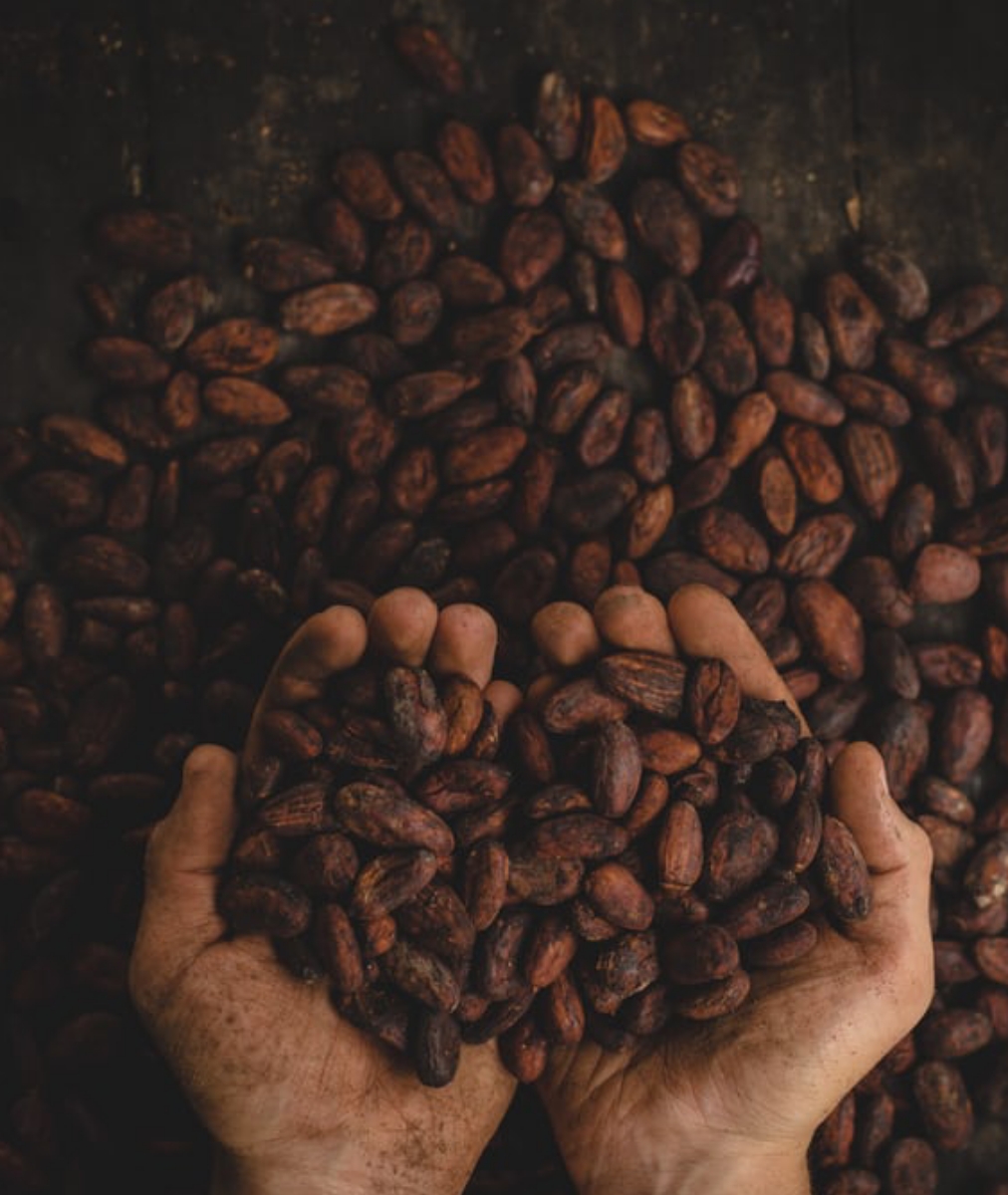
How sweet it is! Dozens of studies show that people who consume cocoa–as a hot drink or eaten as dark chocolate–are in much better cardiovascular shape than those who don’t.
One nine-year study in the journal Circulation Heart Failure found women who ate one to two servings of high-quality chocolate per week had a 32 percent lower risk of developing heart failure than those who said no to the cocoa.
Researchers attribute cocoa’s health benefits to polyphenols and flavanols, anti-inflammatory compounds that help protect the heart in a number of ways.
The benefits don’t stop at the heart, though. Studies have shown this sweet spice can help control inflammation-related diseases such as diabetes, liver cirrhosis, and degenerative diseases of the brain like Alzheimer’s.
59. Cilantro
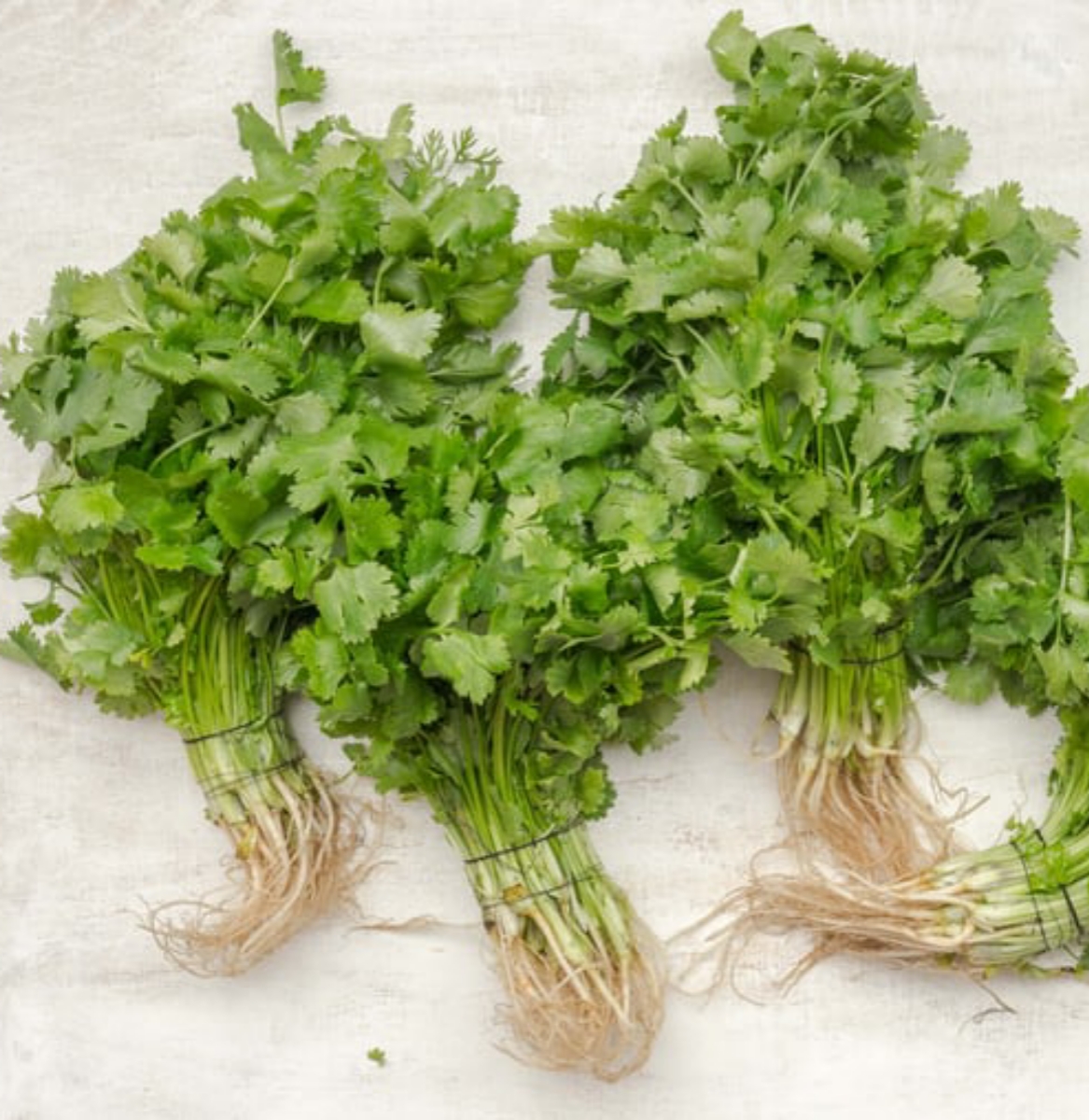
Though technically not a spice, cilantro is more than just a pretty garnish. The herb, though polarizing in terms of taste, contains a unique blend of oils that work much like over-the-counter meds to relax digestive muscles and alleviate an “overactive” gut.
One recent study published in the journal Digestive Diseases and Science found that patients with IBS benefited from supplementing with cilantro as opposed to placebo because their bellies weren’t as bloated.
58. Apple Cider Vinegar

Apple cider vinegar, or ACV for short, is a type of vinegar made from fermented apples that has a distinct amber hue and a multitude of health benefits. For starters, it has been shown to quiet hunger hormones.
According to a Bioscience, Biotechnology, & Biochemistry study, consuming apple cider vinegar each day can lead to weight loss, reduced belly fat, waist circumference, and lower blood triglycerides.
More specifically, the study of obese Japanese participants found that those who consumed 1 tablespoon of ACV over a three month period lost 2.6 pounds, and those who consumed 2 tablespoons lost 3.7 pounds in the same time frame.
57. Rosemary
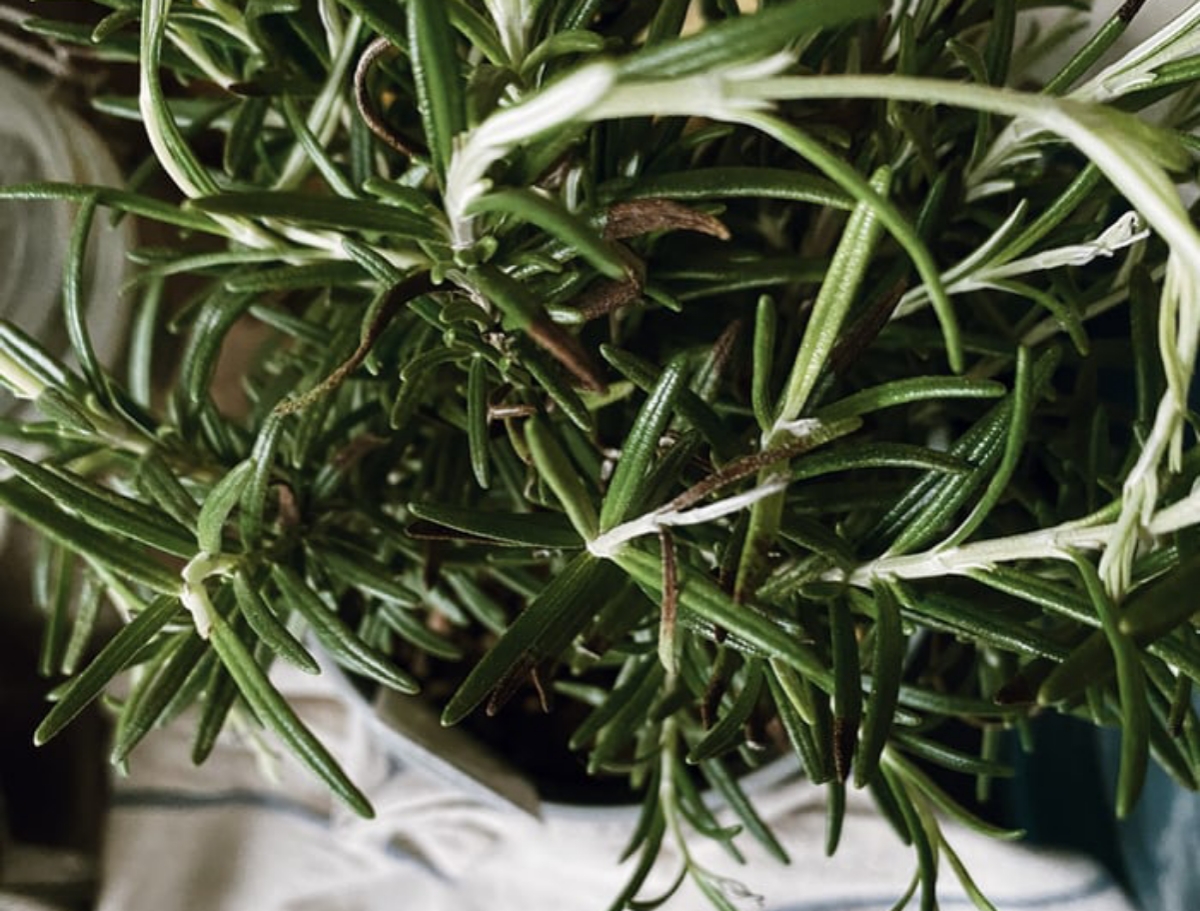
Again, though it’s not technically a spice, rosemary deserves recognition beyond being sprinkled over a roast chicken.
That’s because this flavorful herb is a powerful anti-inflammatory thanks to its high concentration of antioxidant compounds.
Scientists believe the anti-inflammatory activity comes from the presence of carnosic acid and carnosol, two polyphenolic compounds in rosemary which a BMC Complementary and Alternative Medicine study discovered could effectively inhibit the production of pro-inflammatory cytokines.
56. Ginger
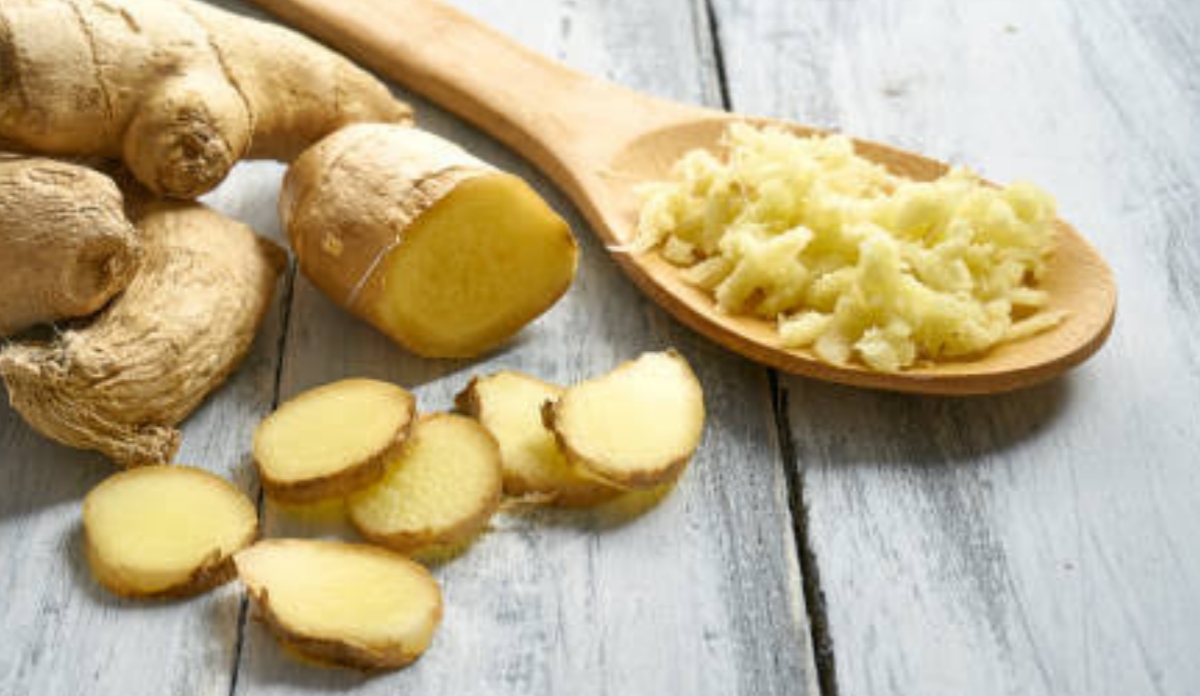
Used for thousands of years to tame troubled tummies and aid digestion, ginger is mentioned in Chinese medical texts from the fourth century BC! And for the past few decades, scientists have been proving ginger works at quieting that queasy feeling.
A significant body of research paints ginger as a powerful muscle relaxant which helps reduce soreness brought on by exercise by as much as 25 percent, as well as banishes bloat.
Researchers attribute ginger’s health benefits to gingerols, compounds that are antioxidant, anti-inflammatory, antibacterial—and anti-disease. In fact, studies suggest ginger may reduce symptoms of arthritis, improve cholesterol, and prevent cancer.
55. Garlic
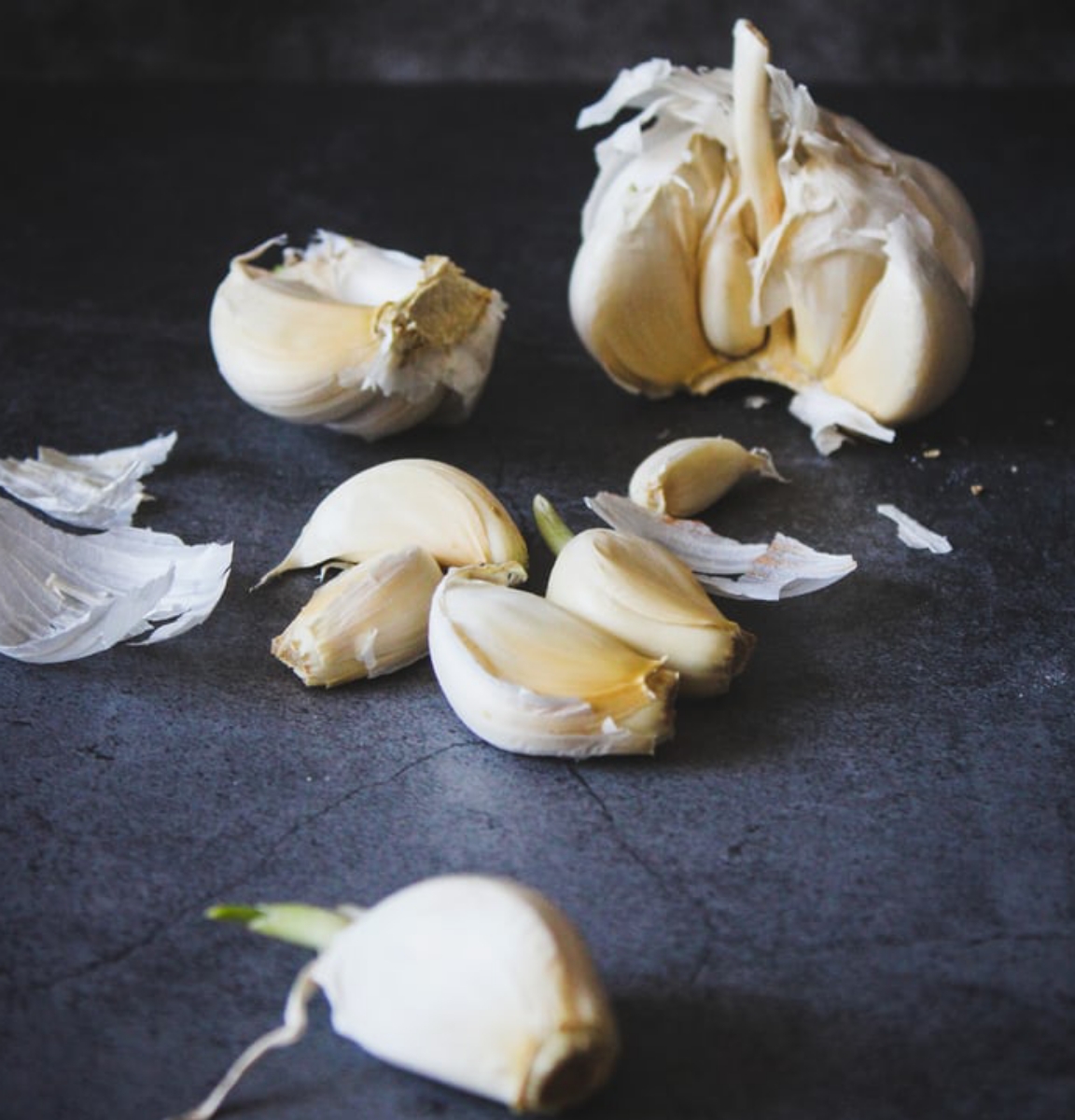
If you were to ask yourself, “Is there anything garlic can’t do?” the short answer to that question would be “No.”
A review in Nutrition Journal showed the spice responsible for bad breath can also prevent and treat a myriad of cardiovascular and metabolic diseases, such as thrombosis, hypertension, and diabetes.
More specifically, garlic has been shown to help reverse early heart disease by removing plaque buildup in arteries.
A 2016 study published in the Journal of Nutrition involved 55 patients, aged 40 to 75 years, who had been diagnosed with metabolic syndrome.
The results of the study showed that aged garlic extract effectively reduced plaque in coronary arteries (the arteries supplying blood to the heart) for patients with metabolic syndrome.
54. Turmeric
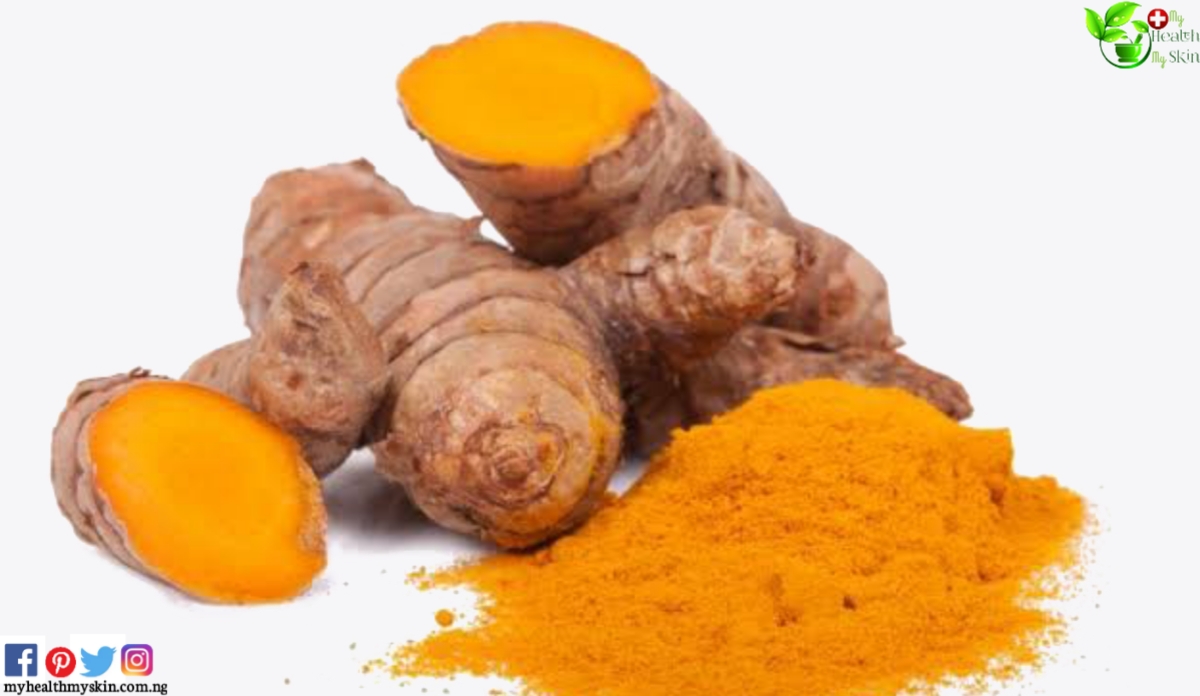
Once referred to as “Poor Man’s Saffron” because of its deep yellow hue, turmeric is now touted by health experts as the “Golden Spice of Life.”
Traditional to Indian cooking, turmeric owes its health benefits to the active ingredient curcumin, a powerful antioxidant shown to release its anti-inflammatory goodness to almost every cell in the body, boosting the immune system and treating a host of maladies from indigestion to cancer.
The most recent research shows turmeric may be an effective treatment for brain disease.
A study found that people at risk of cognitive impairment who added one gram of turmeric to breakfast showed significantly improved working memory after just six hours.
There’s also a growing body of research into the role of curcumin in the prevention and treatment of Alzheimer’s disease.
53. Cinnamon
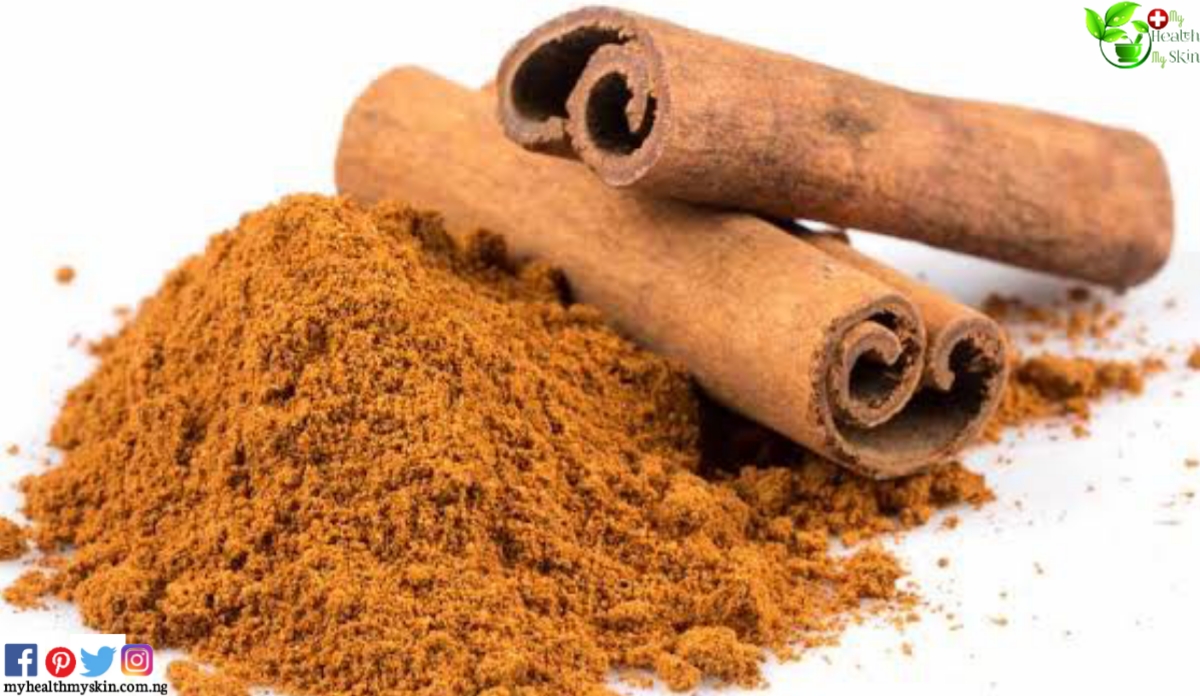
Ironically, (or perhaps nature’s way of cutting us some slack) cinnamon–the warm spice that gives sugary baked goods extra flavor–can help control blood sugar and prevent against diabetes.
A study found that adding a heaping teaspoon of cinnamon to a starchy meal is as effective as older generation diabetes drugs at stabilizing blood sugar and warding off insulin spikes.
There are other health benefits of cinnamon: studies have shown the spice may improve cholesterol, ward off the effects of Alzheimer’s, and provide treatment for women with Polycystic Ovary Syndrome (PCOS).
Fats and Oil
Here’s your new mantra: Eat fat to lose fat.
It’s true: Our bodies need dietary fat, particularly healthy oils, in order to lose weight and function properly. The right kinds of fats and oils help quash hunger, maximize your metabolism, and speed nutrients through your body.
But not all oils are created equal: Some are downright bad (like trans fats in margarines), while some fats are simply confusing (what’s a canola look like, anyways? And what’s this about an extra virgin?).
These oils have the highest levels of heart-healthy omega-3 fatty acids, monounsaturated fats, and lauric acid (all good for you), lower levels of omega-6 fatty acids and saturated fats (not so good for you), and zero trans fats (avoid at all costs).
52. Flaxseed Oil

Why It’s Great: Also known as linseed oil. yes, the stuff you used in art class. The fat contains ALA, an an essential omega-3 fatty acid that can aid weight maintenance and may reduce heart disease risks by promoting blood vessel health and reducing inflammation.
This oil can also be used topically to fight carpal tunnel syndrome, according to a 2014 Iranian clinical trial.
How to Use It: Flaxseed oil doesn’t hold up well when exposed to heat. Drizzle it on top of salads or use it instead of olive oil or mayo when whipping up pestos, tuna salads and sauces. Or pour into a smoothie!
51. Rapeseed Canola Oil
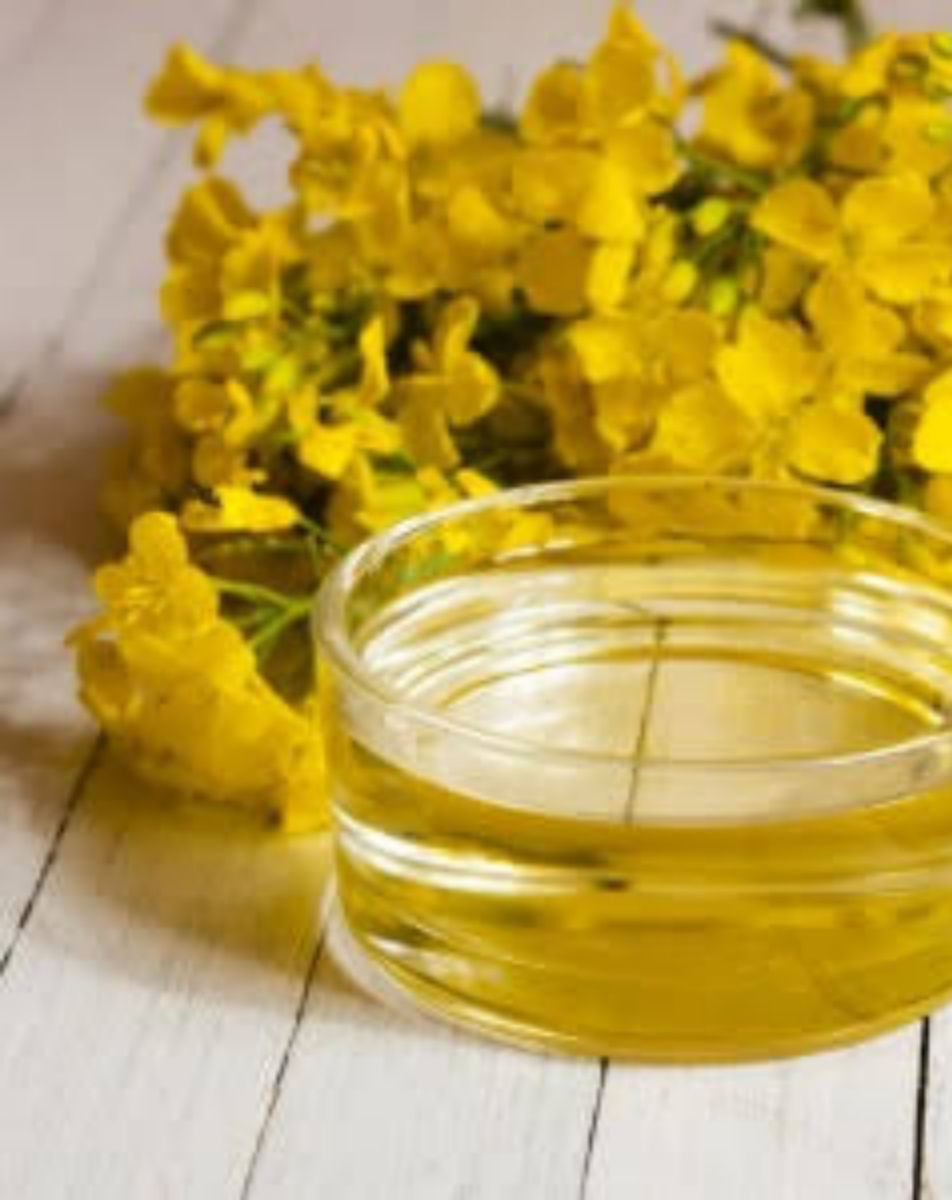
Why It’s Great: Canola, derived from the seeds of a plant in the broccoli family, comes in toward the top of our list with its near-perfect 2.5:1 ratio of omega-6 to omega-3 fats. According to a study review published last year in
Experimental Biology and Medicine, people who achieve a dietary ratio similar to this have been able to battle cancer, arthritis and asthma more effectively.
It’s also rich in alpha-linolenic acid (ALA), an essential omega-3 fatty acid that may play a role in weight maintenance, according to a recent study.
How to Use It: This is the best option for everyday cooking situations. Canola oil can withstand relatively high levels of heat, and its flavor is fairly neutral, so it won’t dominate a dish.
50. Walnut Oil

Why It’s Great: Recently making a splash on restaurant menus and grocery store shelves, this oil has a rich nutty, roasted flavor.
A small Pennsylvania State study found that a diet rich in walnuts and walnut oil may help the body respond better to stress and can also help keep diastolic blood pressure levels down.
Walnut oil is also rich in polyunsaturated fatty acids which may increase diet-induced calorie burn and resting metabolic rate (the calories we use to keep our heart pumping and body running). And walnuts have more omega-3 fatty acids than any other nut.
How to Use It: Mix with sherry vinegar, olive oil, cumin and a pinch of salt and pepper to make a salad dressing. This oil doesn’t do well under heat, so it shouldn’t be used for hot surface cooking or high temperature baking.
49. Coconut Oil

Why It’s Great: Extracted from the meat of fresh coconuts, this tropical oil is a great source of the medium-chain saturated fat, lauric acid, which converts into energy more easily than other types of fat.
Picking coconut oil over other less healthy fats, like lard and margarine, means less flubber is apt to be stored on your frame. (Swapping your standard cooking oil for this exotic version is one of our weight loss tricks you haven’t tried
How to Use It: This trendy oil can be used for anything you might use butter for, from frying to baking; use it for cookies, cakes, and pancakes. It’s so healthy, you’ll find it in some of the Zero Belly Diet smoothies.
It also tastes great on toast and drizzled over homemade baked sweet potato “fries” with a bit of garlic powder, salt and pepper. Coconut oil breaks down when exposed to super high temperatures, so don’t deep-fry with it.
48. Extra Virgin Olive Oil
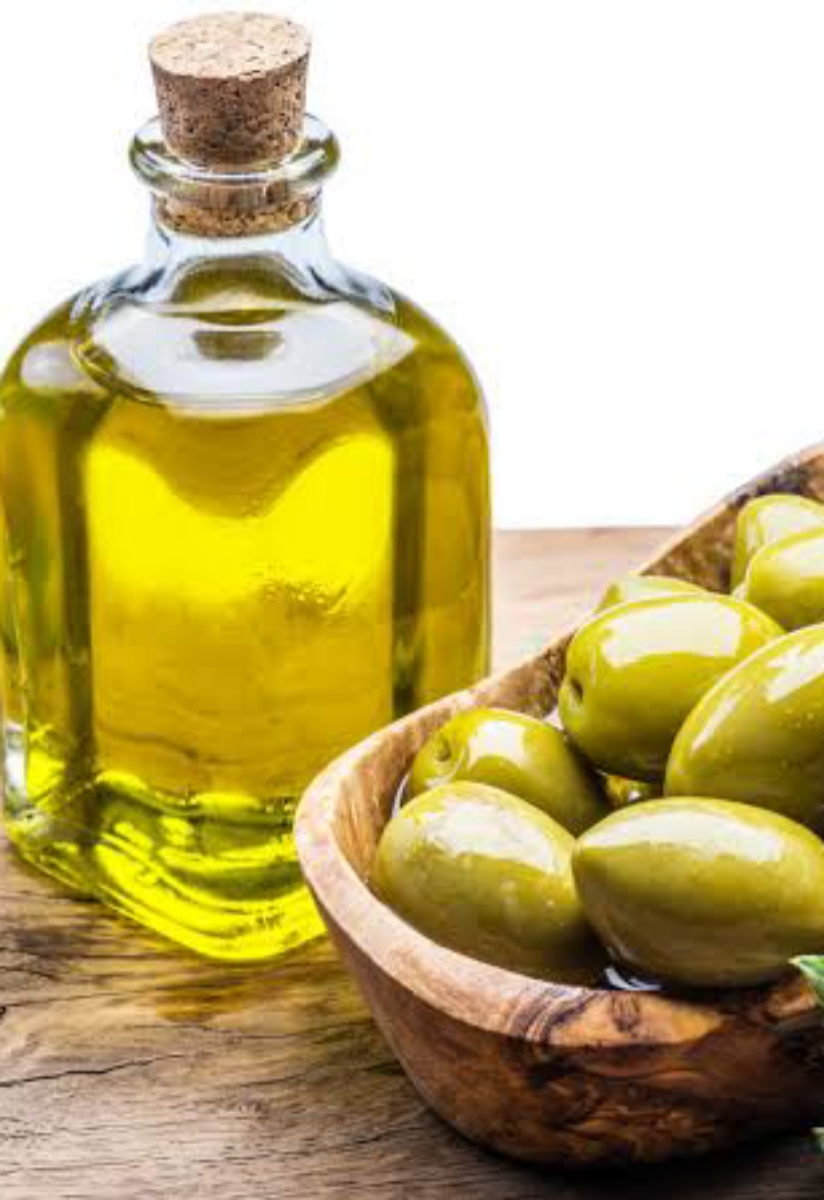
Why It’s Great: Extra virgin olive oil may increase blood levels of serotonin, a hormone associated with satiety. Plus, olive oil is also loaded with polyphenols, antioxidants that help battle many diseases such as cancer, osteoporosis and brain deterioration.
How to Use It: Expensive extra-virgin, with its robust flavor, should be saved to dress salads, vegetables and cooked dishes. For cooking purposes, regular or light olive oil is sufficient.
47. Macadamia Nut Oil
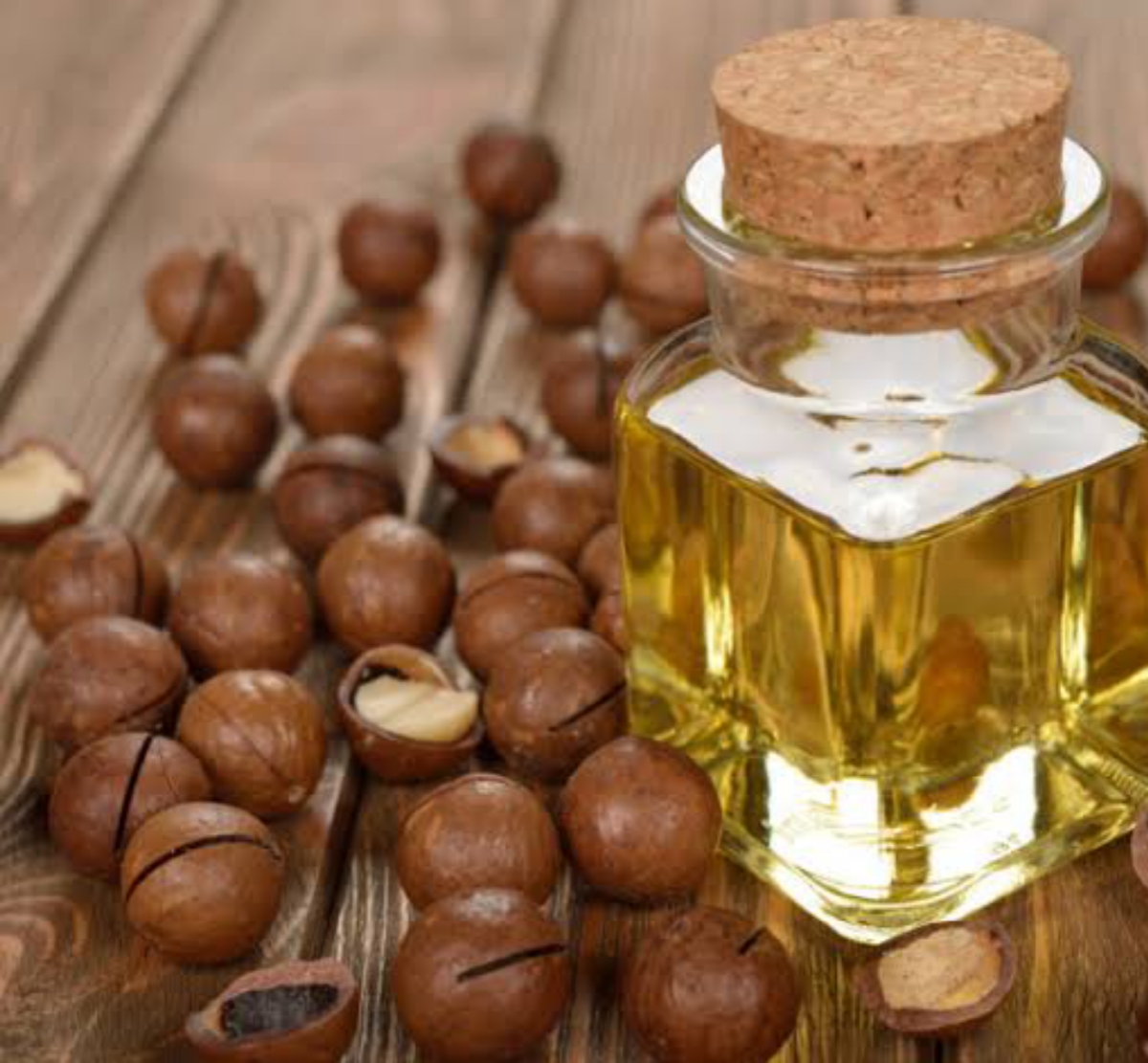
Why It’s Great: You’ll have to hunt around in the specialty stores for it, but this bold and buttery oil may be the healthiest you’ll find:
Eighty-four percent of the fat in macadamia nuts is monounsaturated, and it has a very high percentage of omega-3s fatty acids.
It’s also a source of phytosterols, a plant-derived compound that has been associated with decreased cancer risk.
How to Use It: Due to its medium to high smoke point, macadamia nut oil is best suited for baking, stir frying and oven cooking. For a quick snack, toss slices of sweet potatoes with the nut oil and bake in the oven on 350 degrees for 20 minutes or until crispy.
46. Avocado Oil
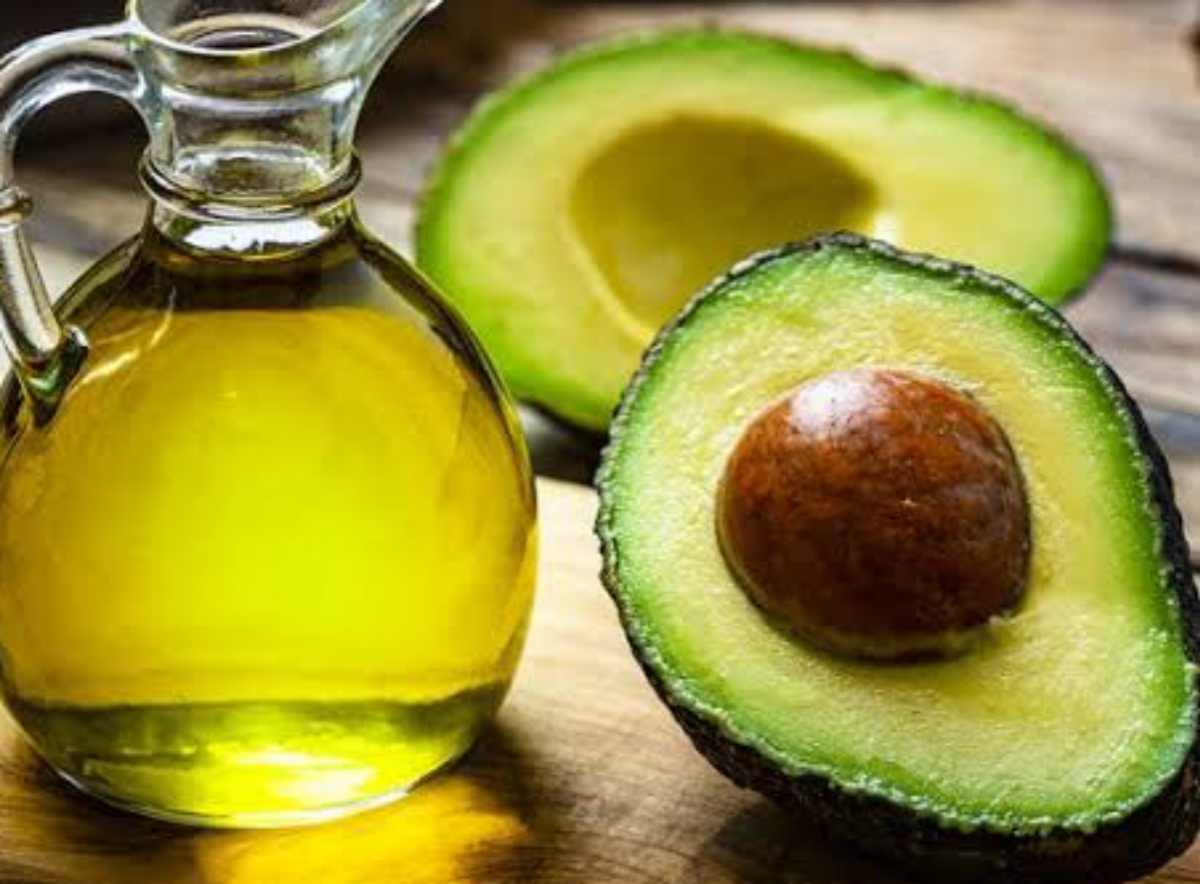
Why It’s Great: Made from pressed avocados, this oil is rich in heart-healthy monounsaturated fats that may help improve cholesterol and ward off hunger.
It also contains vitamins B and E and bloat-banishing potassium, it’s no surprise that it’s one of the preferred Paleo diet fats.
How to Use It: Like a salad oil. The oil has a mild nutty taste and a light avocado aroma. It works well drizzled over breads, fish, and homemade pizzas. It also pairs nicely with watermelon, grapefruit and oranges. Add some to your fruit salad to create a new twist on a classic dish.
45. Peanut Oil
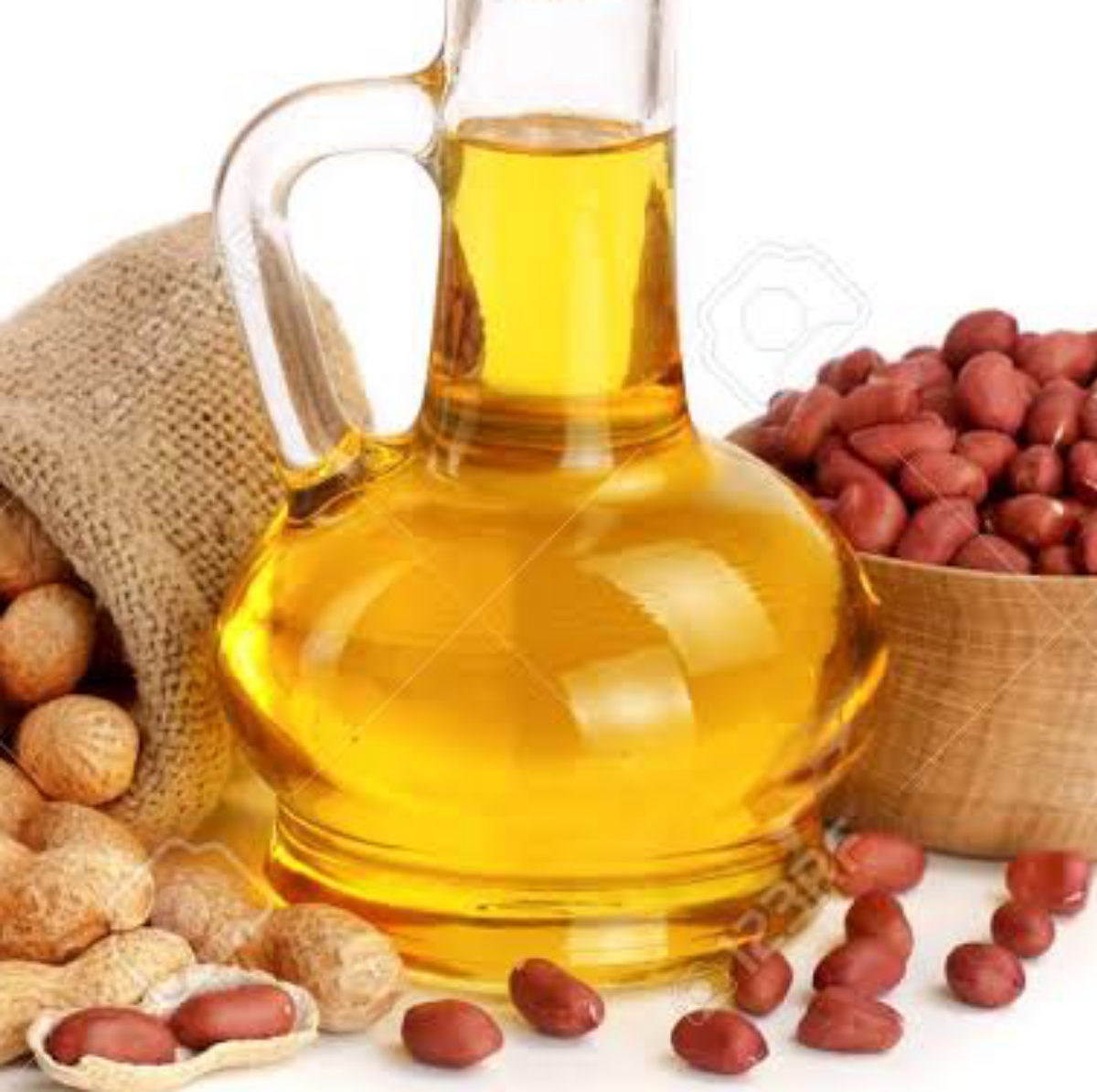
Why It’s Great: Peanut oil is loaded with a monounsaturated fat called oleic acid (OEA) which can help reduce appetite and promote weight loss. Plus, research out of the University of California, Irvine, found that this particular type of fat boosts memory. Don’t forget it next time you cook.
How to Use It: Because of its high smoke point, peanut oil should be your go-to oil for frying and many high-heat tasks like wok-cooking and pan-searing.
Nuts & Seeds
Hang out at a local bar and you’re sure to come across a variety of nuts (the food, not the people hanging out in the corner), and guys popping them like they’re diet freebies.
It’s the perfect example of good food gone bad. Nuts, like avocados, are loaded with heart-healthy fats. But healthy doesn’t always mean lean.
A couple of beers and a few handfuls of nuts and you’ve racked up some serious calories, and diet damage.
“Per serving of nuts contains 135 calories, and how many nuts you get in a serving will depend on your nut of choice,” says Tanya Zuckerbrot, RD. “Think about it: Would you rather have 12 cashews or 22 almonds?” Here’s our favorite nuts and seeds.
44. Brazil Nuts
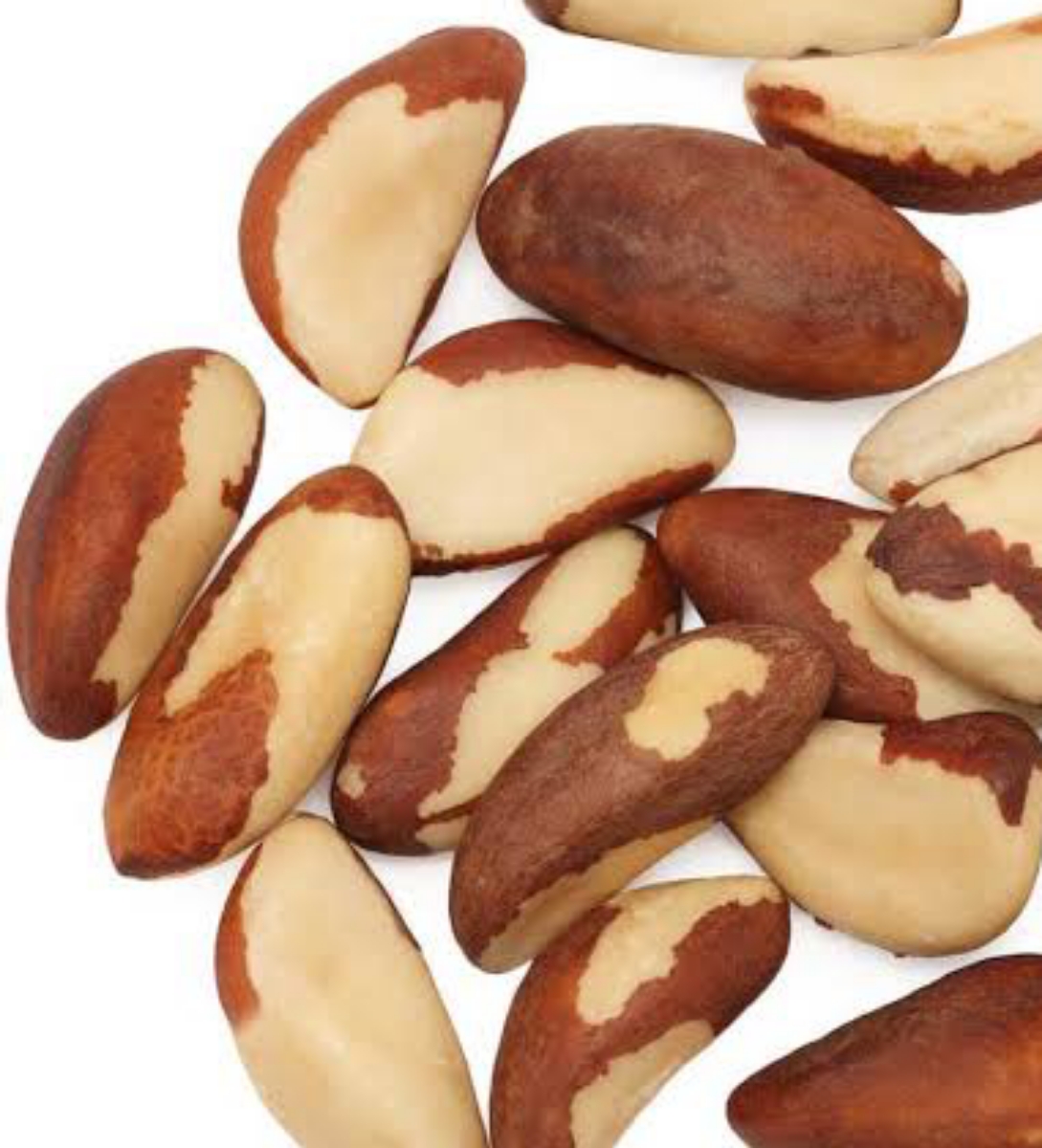
Like many other nuts, Brazil nuts are an excellent source of fiber, protein, and calcium, but they’ve also been shown to be especially beneficial in fighting prostate cancer thanks to their impressive magnesium and selenium content.
In fact, a study that appeared in the Journal of the National Cancer Institute found that the inverse association between baseline plasma selenium levels and risk of advanced prostate cancer suggests that higher levels of selenium may slow prostate cancer tumor progression.
43. Cashews
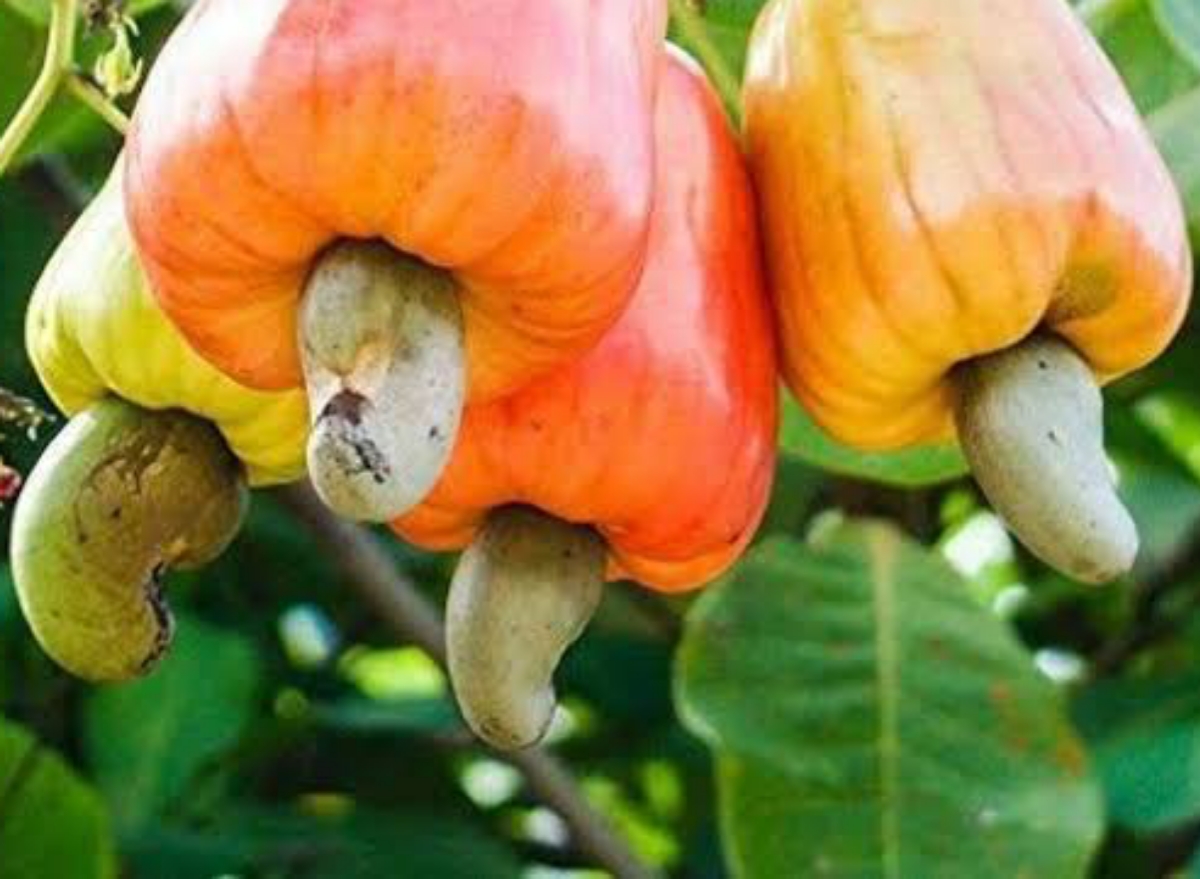
Cashews are good source of protein, phosphorus, magnesium, calcium and copper, and shouldn’t be overlooked as one of your go-to nuts.
Magnesium boasts a myriad of health benefits such as helping your body relieve various conditions like constipation, insomnia, headaches and muscle cramps, as well as regulating the immune system and supporting brain function.
They also contain a good amount of biotin, which will help keep your locks shiny and lustrous.
42. Walnuts
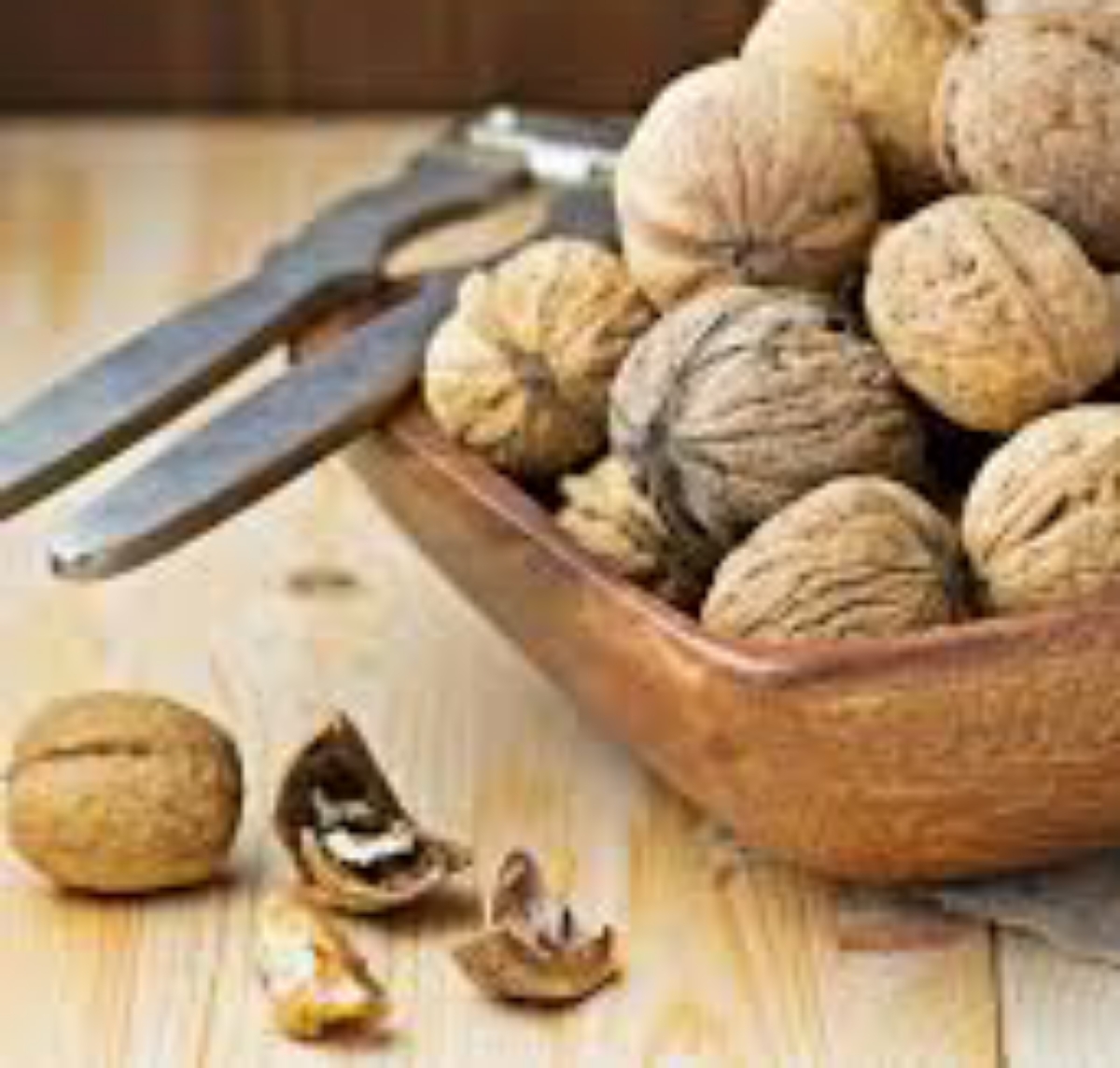
You know those heart-healthy omega-3 fatty acids you keep hearing so much about?
Walnuts have more of those nutritious compounds than any other nut, which is reason alone to toss a handful of ’em onto a salad or eat them as part of a protein-packed snack, and they’re not lacking in other nutrients either. In fact, research has shown they might be especially beneficial to consume as you age.
According to the Walnuts and Healthy Aging (WAHA) study, which is currently being conducted by researchers from the Hospital Clinic of Barcelona and Loma Linda University, preliminary findings suggest daily walnut consumption positively impacts blood cholesterol levels without adverse effects on body weight among older adults.
Researchers instructed 707 healthy older adults to add daily doses of walnuts ( approximately 15 percent of caloric intake) to their typical diet or to consume their usual diet without nuts.
After one year, the study found that both diets had minimal effect on body weight, triglycerides, and HDL cholesterol, however, the walnut-diet resulted in significant LDL cholesterol reductions compared to the control, nut-free diet.
41. Flaxseed
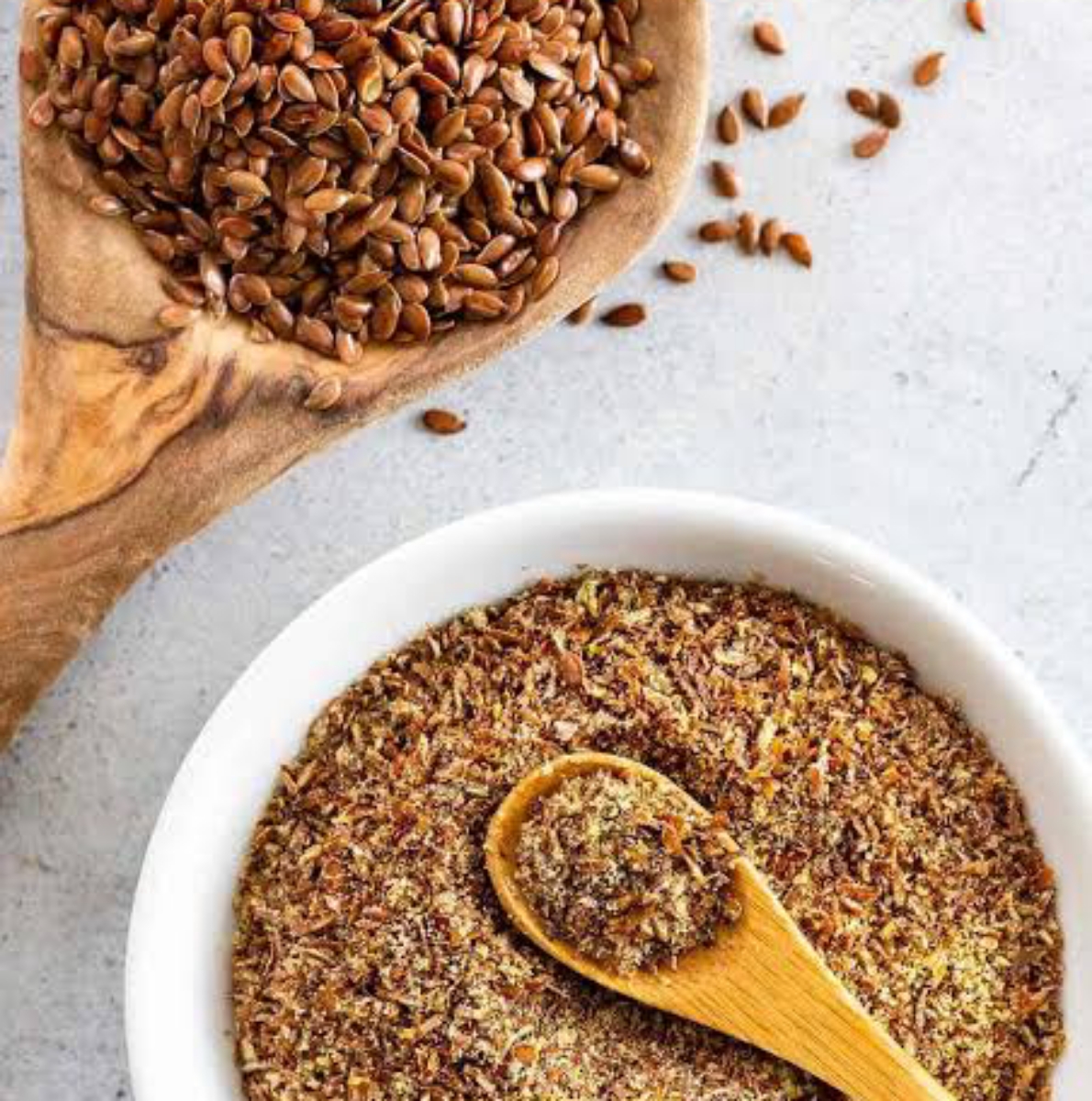
Flaxseed is nutritious at any age, but they may be especially beneficial as you get older seeing as how it has been shown to reduce high blood pressure, thus lessening your chances of having a heart attack or stroke.
According to a study in Natural Medicine Journal, participants were split into two groups and both ate a variety of foods, including bagels, muffins, and buns.
While one group received added flaxseed totaling 30 g of milled flaxseed each day for one year, the other group was given a placebo.
After six months, both systolic and diastolic blood pressure were lower in the flaxseed group, Furthermore, flax group participants who started with elevated blood pressure had more pronounced decreases in blood pressure than those who were not given flaxseed.
40. Pistachios
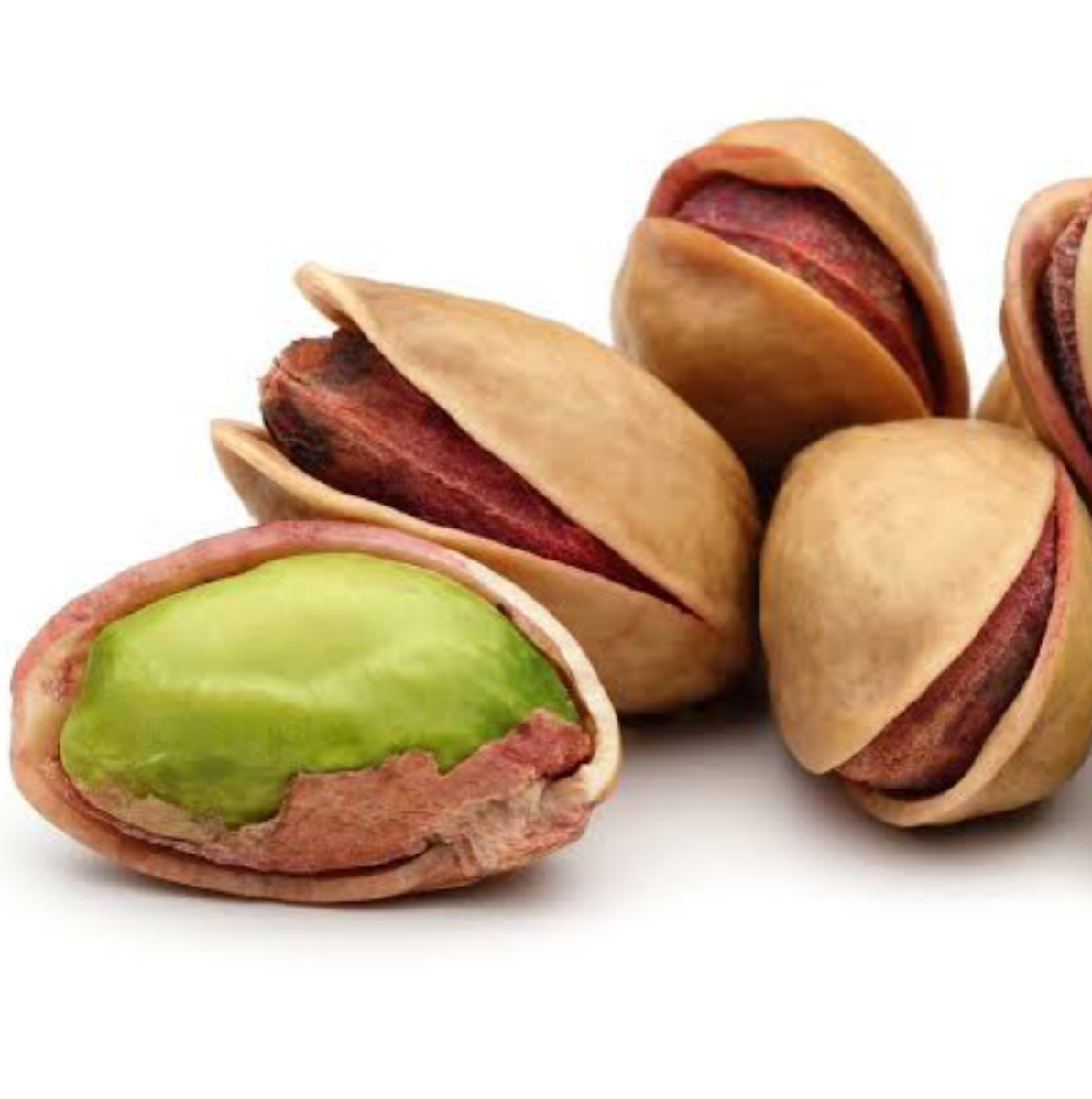
As it turns out, almonds aren’t the only superstar nuts around. Studies have shown pistachios aren’t bad to snack on either. UCLA Center for Human Nutrition researchers divided study participants into two groups, each of which were fed a nearly identical low-cal diet for three months.
One group was given 220-calories of pretzels as an afternoon snack, while the other sect munched on 240-calories worth of pistachios.
About a month into the study, the pistachio group had reduced their BMI by a point and improved their cholesterol and triglyceride levels, while the pretzel-eaters stayed the same.
39. Almonds
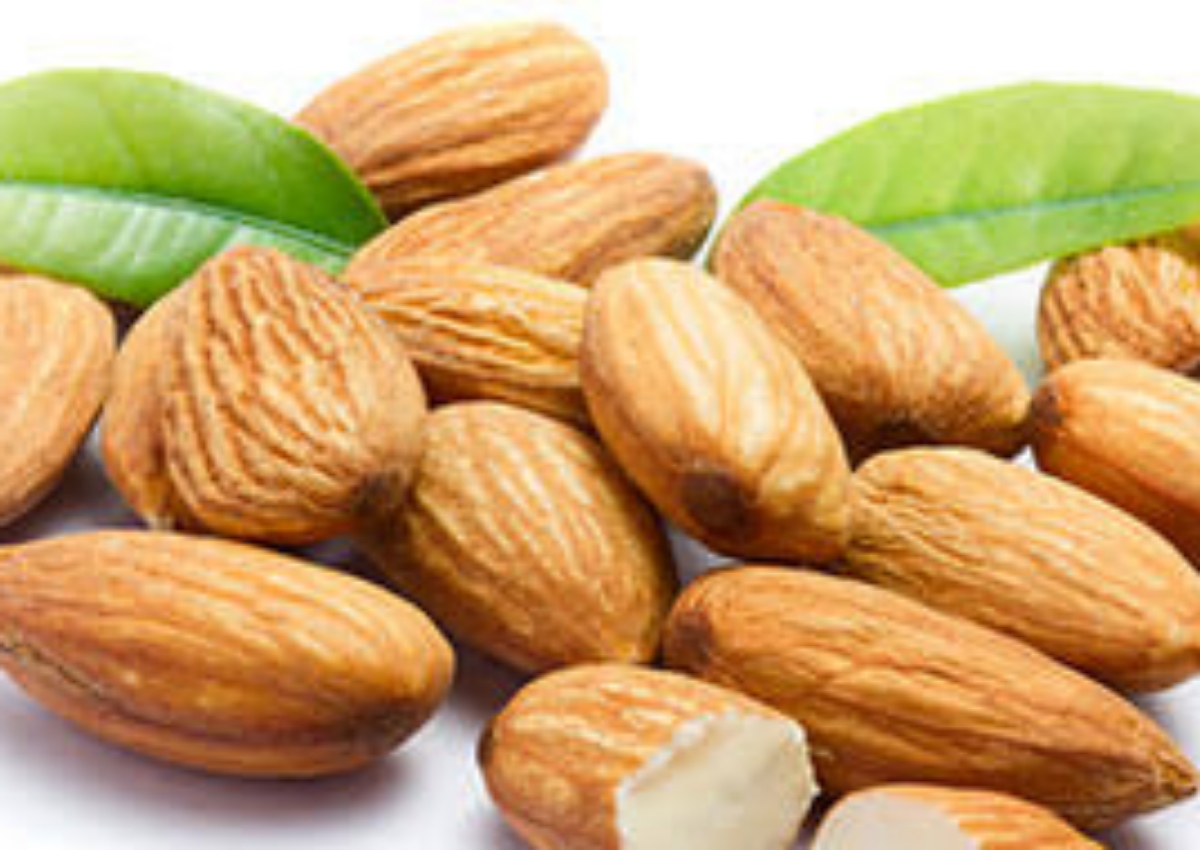
Think of each almond as a natural weight-loss pill. A study of overweight and obese adults found that, combined with a calorie-restricted diet, consuming a little more than a quarter-cup of the nuts can decrease weight more effectively than a snack comprised of complex carbohydrates and safflower oil, after just two weeks! (And after 24 weeks, those who ate the nuts experienced a 62% greater reduction in weight and BMI!) For optimal results, eat your daily serving before you hit the gym. Almonds, rich in the amino acid L-arginine, can actually help you burn more fat and carbs during workouts, a study printed in The Journal of the International Society of Sports Nutrition found.
38. Shelled Pumpkin Seeds
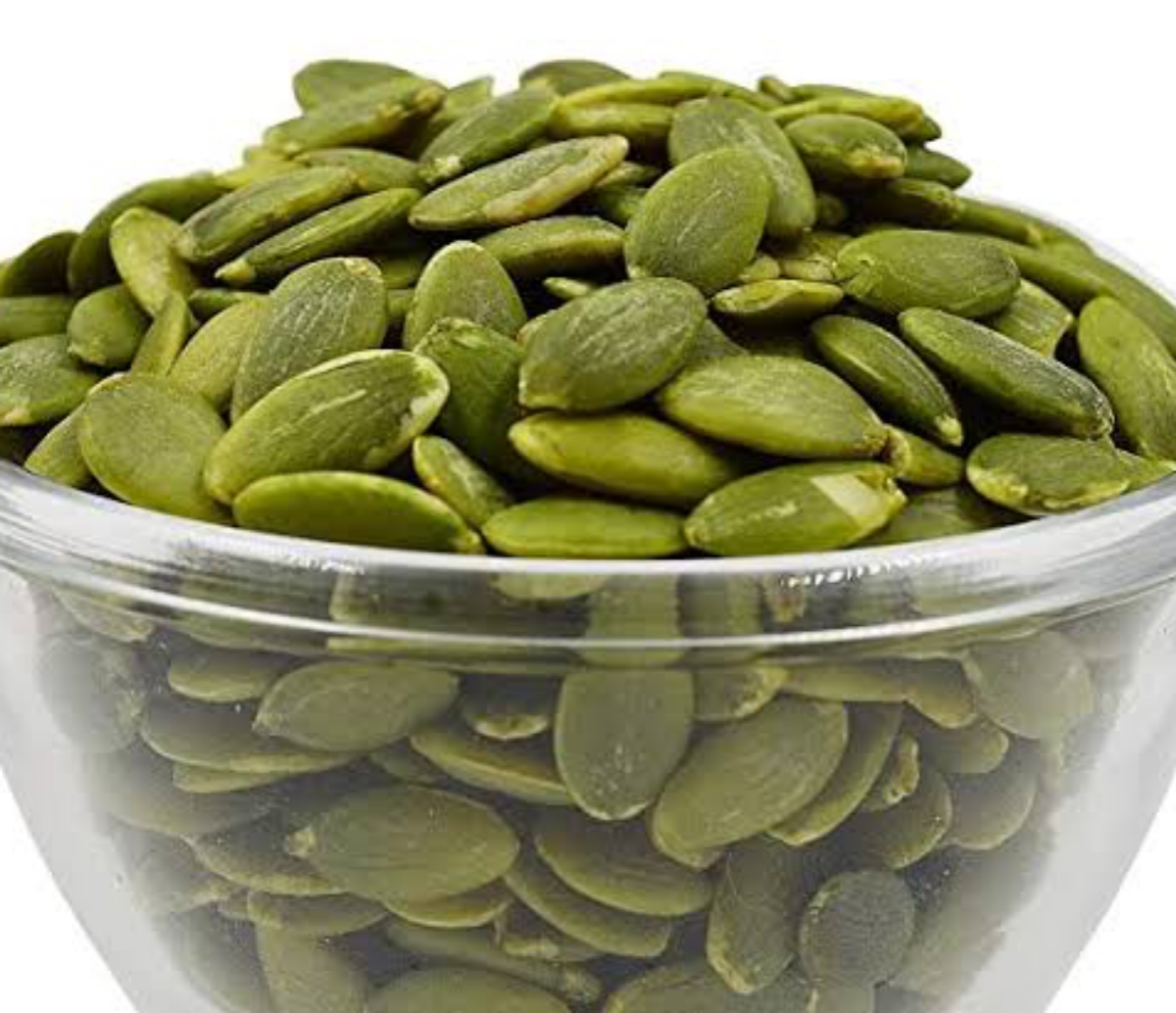
They’re a good source of protein, healthy fats and fiber, keeping you feeling full and energized longer, and contain manganese, magnesium, phosphorus and zinc, which provide additional energy support to maximize gym time. Throw them into salads and rice dishes, or eat them raw.
Dr. Lindsey Duncan, a nutritionist who’s worked with Reggie Bush, is a big fan of pumpkin seeds.
“A handful of raw pepitas or dry roasted pumpkin seeds can give you a natural jolt to power through a workout,” he says.
37. Mustard Seed
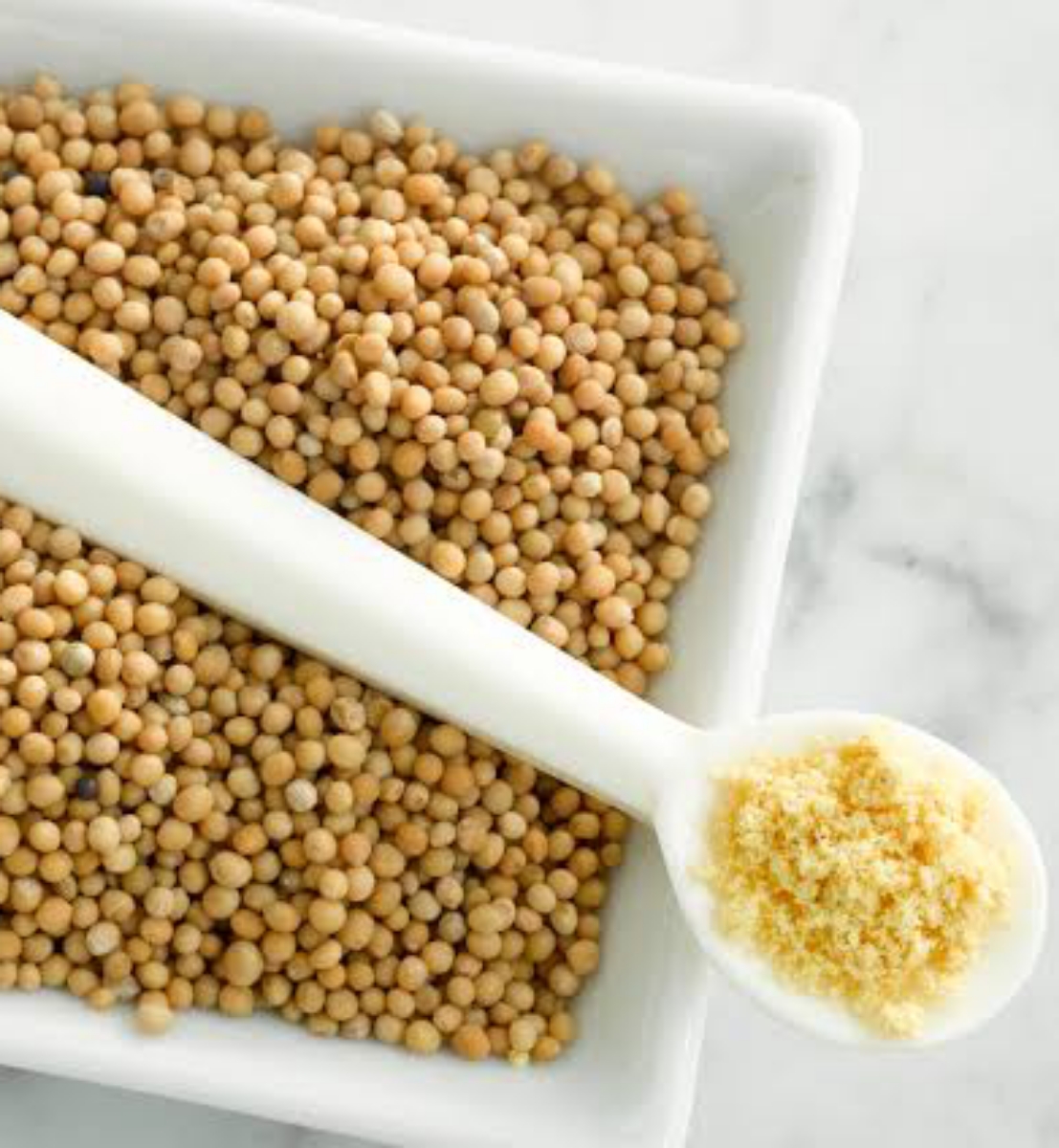
Researchers at England’s Oxford Polytechnic Institute found that by eating 1 teaspoon of prepared mustard (about 5 calories) can boost the metabolism by up to 25 percent for several hours after eating.
Not only that, a study published in the Asian Journal of Clinical Nutrition found that visceral adipose tissue of rats fed a diet of pure lard was lowered when the diet was supplemented with mustard oil.
Scientists attribute mustard’s belly-blasting abilities to allyl isothiocyanates, phytochemicals that give the popular condiment its characteristic flavor.
36. Sesame Seeds
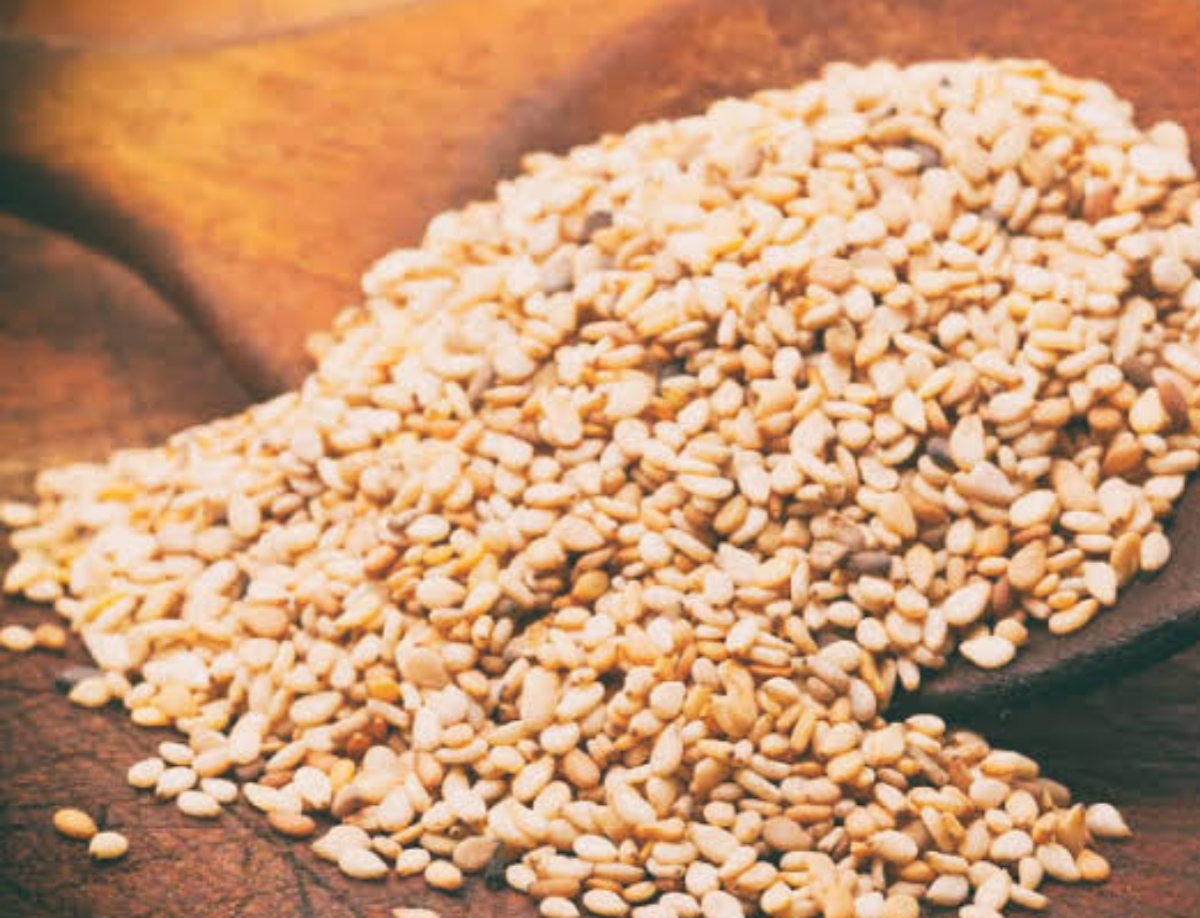
Sesame seeds likely aren’t one of those foods you pay any mind to, but the crunchy little buggers have been shown to play a crucial role in weight maintenance and deserve to be tossed into a salad or whole wheat noodle dish. Researchers suspect its the lignans—plant compounds—found in sesame seeds (and flax seeds) that makes them so special. In a 2015 study, women who consumed high levels of lignans tended to weigh less and gain less weight over time when compared to women who didn’t consume these compounds in high amounts. Not a fan of that seedy texture? Try slathering some sesame-based tahini on a piece of bread instead.
35. Chia Seeds
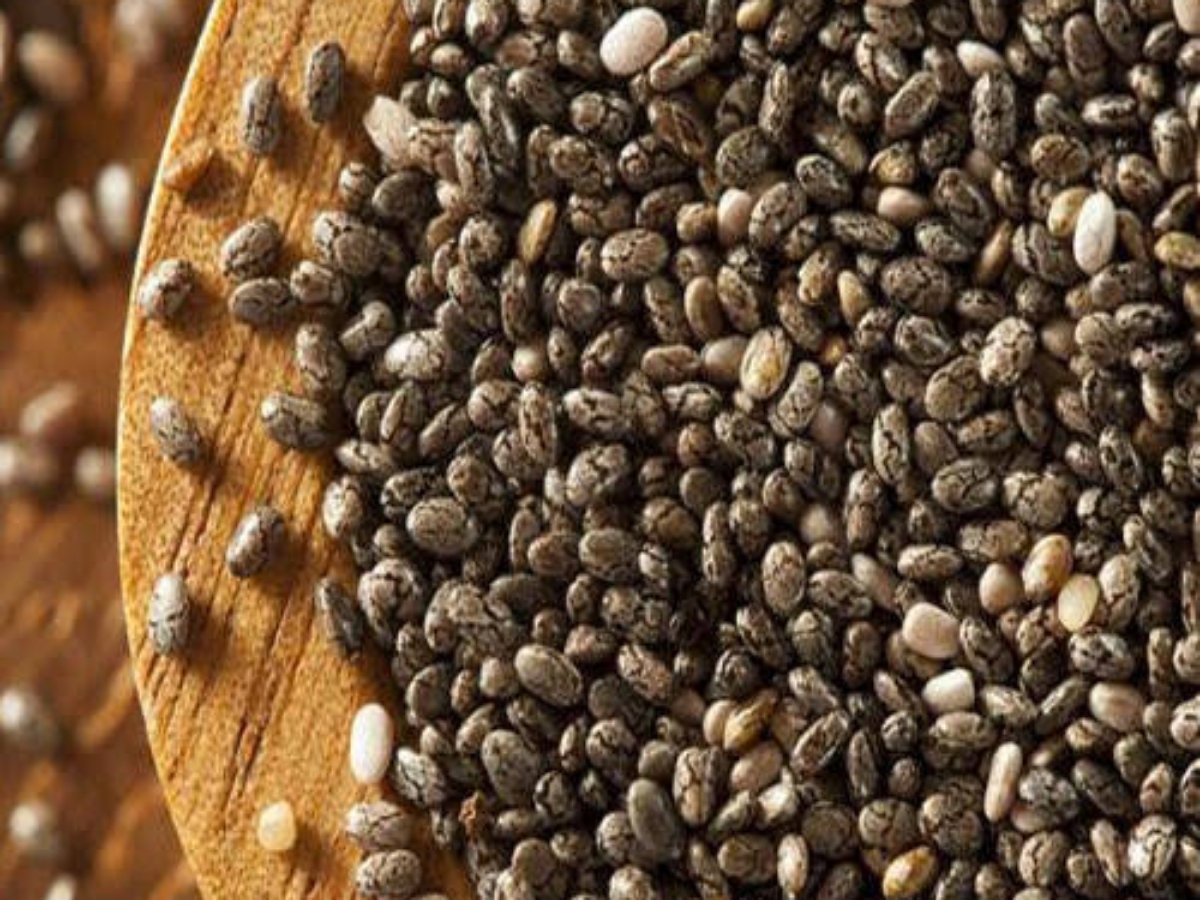
One of the hallmarks of a balanced diet is to have a good ratio of omega-6 fatty acids to omega-3s.
A 4:1 ratio would be ideal, but the modern American diet is more like 20:1. That leads to inflammation, which can trigger weight gain.
But while eating a serving of salmon every day isn’t exactly convenient, sprinkling chia seeds—among the most highly concentrated sources of omega-3s in the food world—into smoothies, salads, cereals, pancakes or even desserts is as easy a diet upgrade as you can get.
Dairy
Not around your waist, but on your plate: A new report from the Credit Suisse Research Institute found that more and more of us are choosing whole-fat foods over skim, lite, fat-free or other modern monikers of leanness.
And while many health organizations like the American Heart Association still want us to cut down on fat, particularly saturated fat, this full-fat trend may be a healthy rebellion against those decades-old credos, according to recent studies. Take a look at our favorite dairy products.
34. Gruyere Cheese
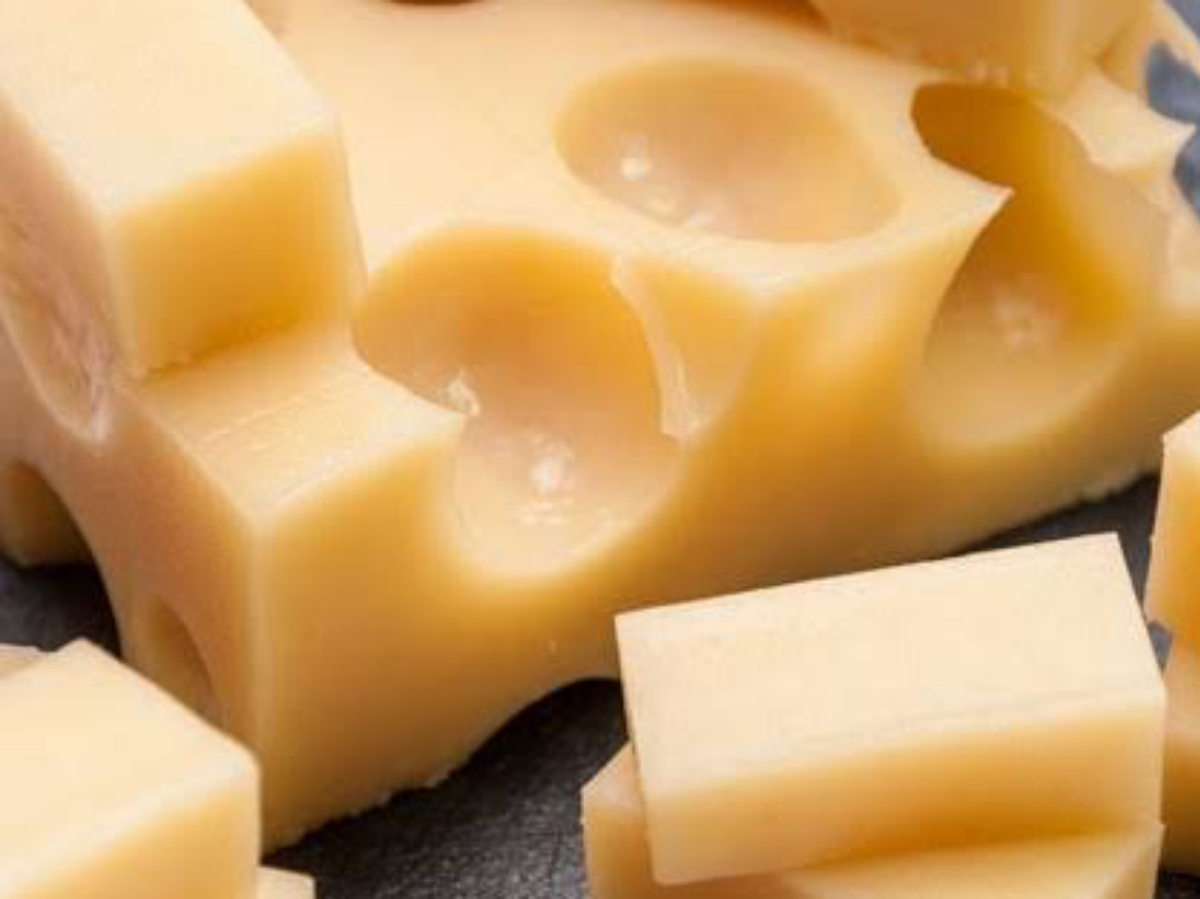
Here’s an excuse for a wine-and-cheese hour: The fancy Swiss cheese contains 30% more protein than an egg in one slice, plus one-third of your RDA of vitamin A.
If you’re looking to indulge, keep your serving to the size of four dice, and moderate your vino to one glass for women, two glasses for men, to get the bad-cholesterol-lowering benefits of the antioxidant resveratrol. And better yet, stick to the #1 wine for rapid weight loss.
33. Parmesan Cheese

Most cheeses are naturally very low in sugar due to the fermentation process that produces it, and Parmesan cheese has the added benefit of actually reducing belly-bloating sugar cravings.
Parmesan contains the amino acid tyrosine (a building block of protein) which has been shown to encourage the brain to release dopamine and another neurotransmitter, norepinephrine, eliminating the desire for sweet stuff. What’s more?
Parmesan is also low in carbs but packed with other key nutrients. One ounce of the Italian cheese contains about 31 percent of your daily recommended intake of bone-building calcium and 11 g of satiating protein.
32. Greek Yogurt
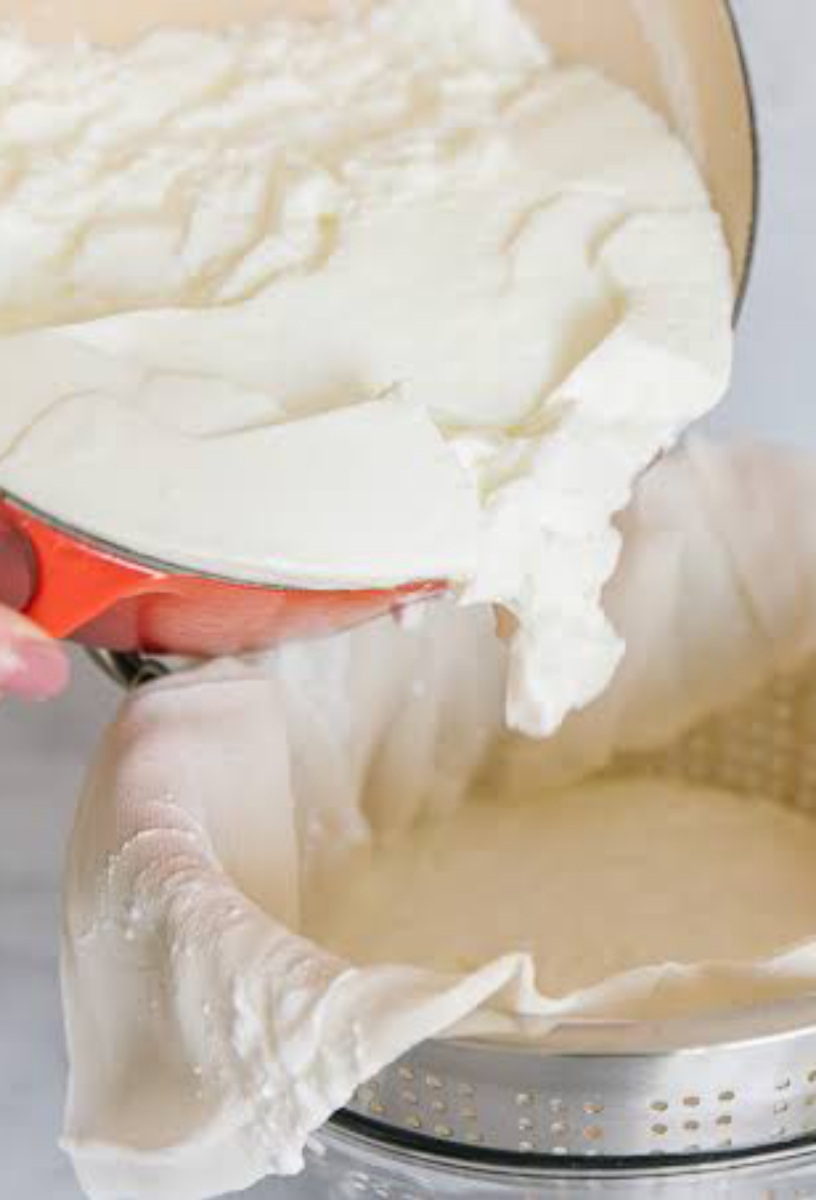
Yogurt may be one of your key allies in weight-loss efforts. A study printed in the British Journal of Nutrition found that probiotics like the ones found in creamy, delicious yogurt helped obese women lose nearly twice the weight compared to those who did not consume probiotics.
Both sets of subjects were on low-calorie diets, but after 12 weeks, the probiotic poppers lost an average of 9.7 pounds, while those on placebos lost only 5.7.
Bonus: the subjects who were given the good bacteria continued to lose weight even after an additional 12 weeks, an average of 11.5 pounds to be accurate! Probiotics can help ramp up your metabolism and improve your immune system, but it pays to be picky about your sources.
Yogurt’s a great way to get a.m. protein and probiotics, but to get the healthiest yogurt you’ll have to read labels; most are packed with added sugars that exceed their protein levels.
31. Kefir
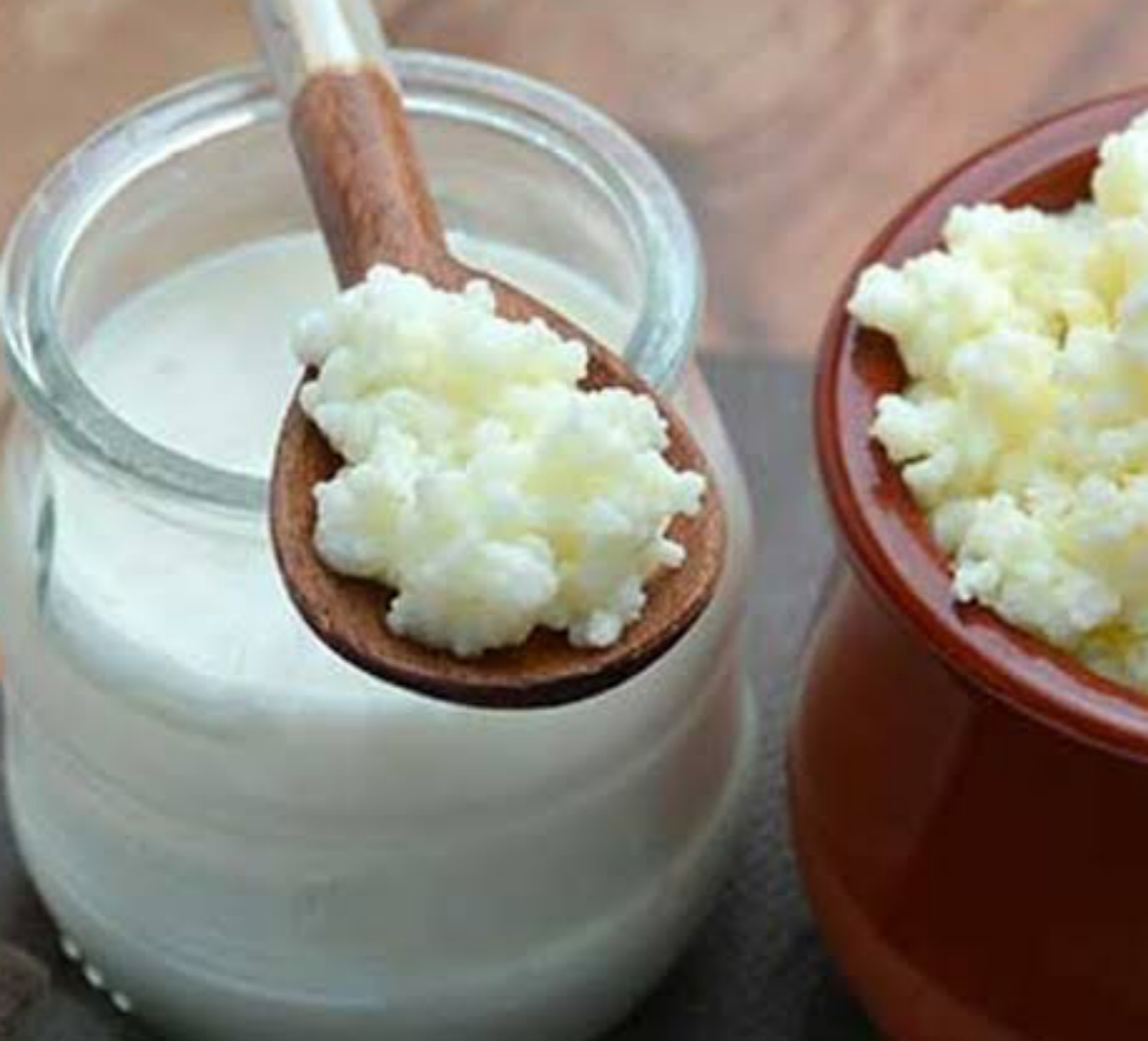
Kefir, fermented milk produced from grains, has been a rising nutritional superstar over the past few years thanks to the myriad of health benefits it offers.
Though the smoothie-like dairy drink is similar to yogurt, it’s ideal for those with a dairy-intolerance because it has been found to counteract the effects of the milk’s stomach-irritating lactose.
In additional, a review published in Nutrition Research Reviews found that regular consumption of kefir has been associated with improved digestion, antibacterial effect, hypocholesterolaemic effect, control of plasma glucose, anti-hypertensive effect, anti-inflammatory effect, antioxidant activity, anti-carcinogenic activity, anti-allergenic activity, and healing effects.
30. Organic, Grass-Fed Milk
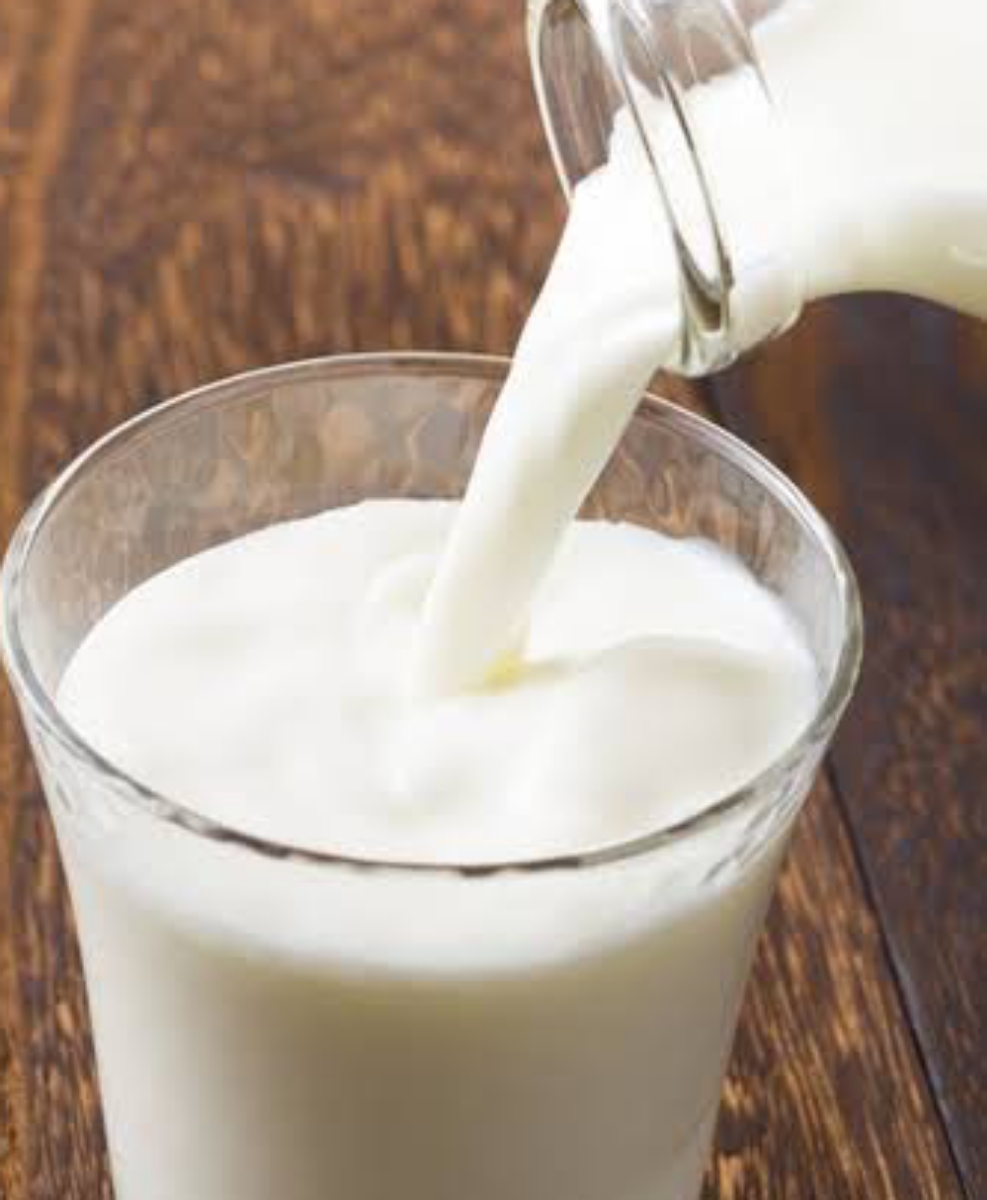
Organically raised cows are not subject to the same hormones and antibiotics that conventional cows are; no antibiotics for them means no antibiotics for you.
Grass fed cows have been shown to have higher levels of omega-3 fatty acids (good) and two to five times more CLA (conjugated linoleic acid) than their corn and grain fed counterparts.
CLA contains a group of chemicals which provides a wide variety of health benefits, including immune and inflammatory system support, improved bone mass, improved blood sugar regulation, reduced body fat, reduced risk of heart attack, and maintenance of lean body mass.
While skim milk may be lowest in calories, many vitamins are fat-soluble, which means you won’t get all the benefits of the alphabetical nutrients listed on your cereal box unless you opt for at least 1%.
GRAINS
A wise man once said: “A good reputation is more valuable than money.” And in the food realm, the grain that carries the most clout is undoubtedly quinoa.
Known for its high protein and fiber content, the ancient grain has been said to aid weight loss and improve health—and Americans can’t get enough of the stuff. In fact, we imported 69 millions pounds of quinoa in 2013 alone.
But just because quinoa carries a massive health halo doesn’t necessarily mean it’s the most nutritious grain in the supermarket. In fact, there are a number of grains that pack as many—or more—total health and weight loss benefits.
29. Kamut
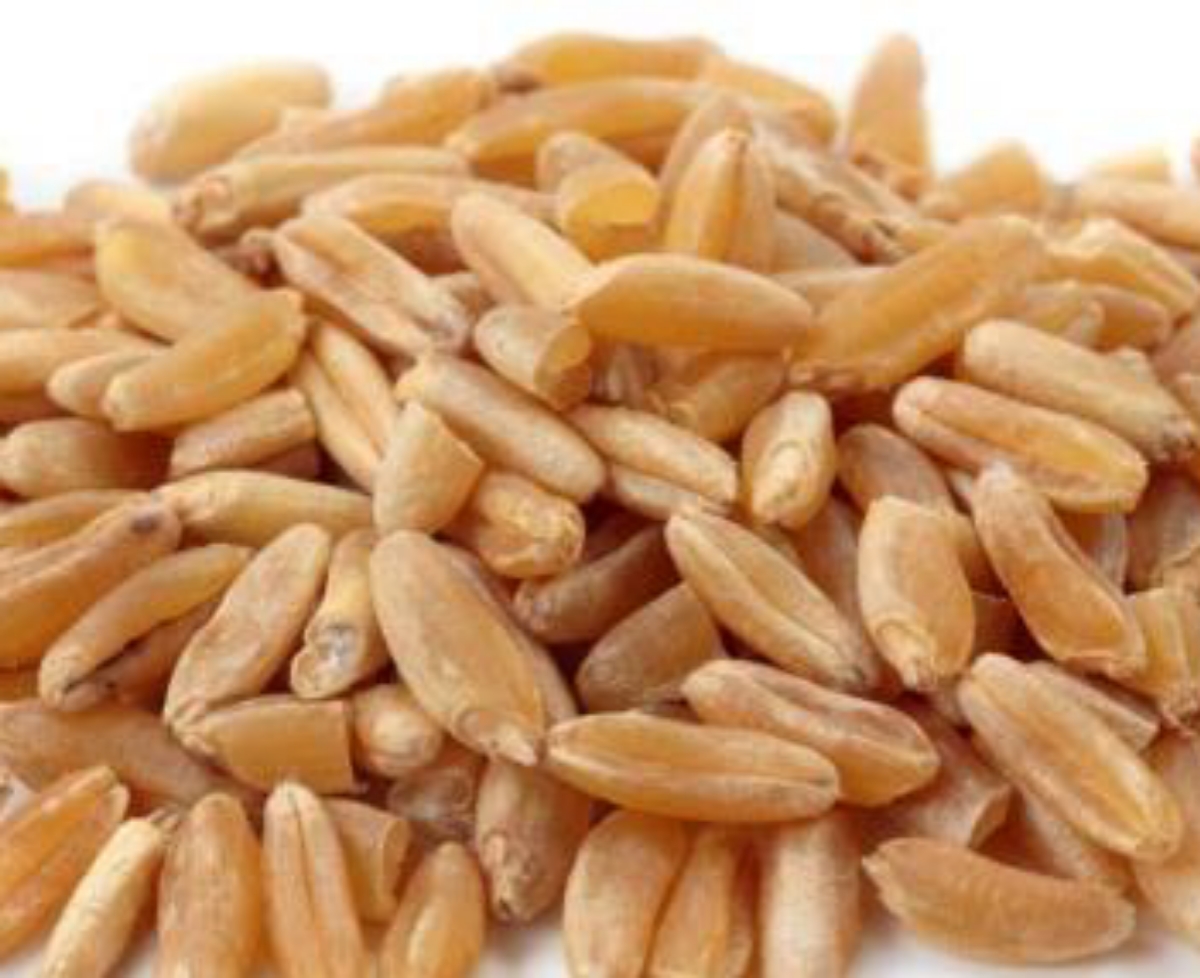
Kamut is an ancient grain native to the Middle East that is an excellent source of heart-healthy omega-3 fatty acids, protein, and fiber, while simultaneously being low in calories. In fact, a half-cup serving of the stuff has 30 percent more protein than regular wheat and just 140 calories. What’s more? A study published in the European Journal of Clinical Nutrition found that eating kamut reduces cholesterol, blood sugar, and cytokines (which cause inflammation throughout the body). Kamut’s ability to stabilize blood sugar and reduce inflammation make it a great weight loss staple, especially if it is used in place of nutritionally lacking refined grains.
28. Amaranth Porridge
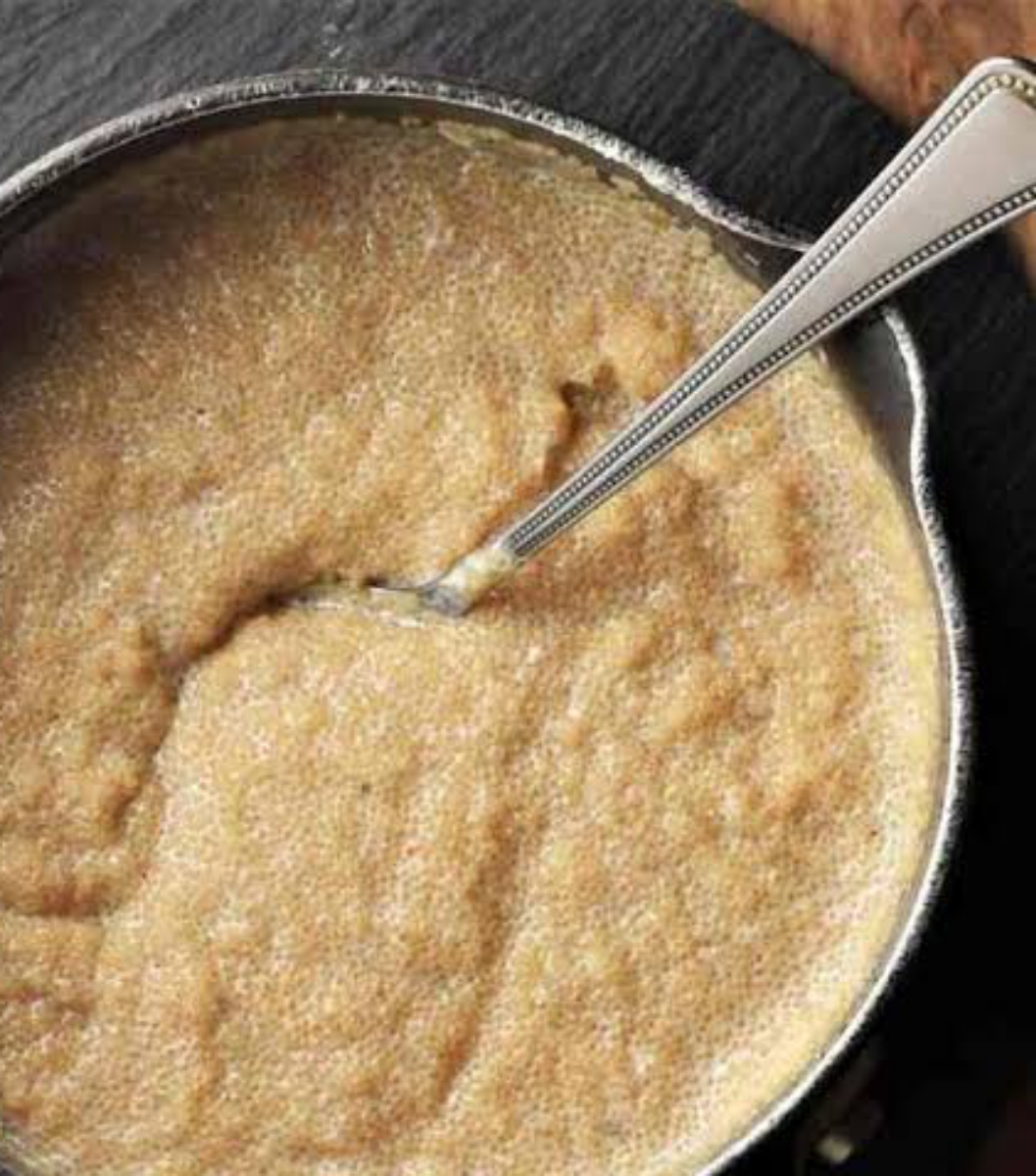
Like quinoa, amaranth is not technically a grain, but the seed of an amaranth plant.
Naturally gluten-free, amaranth is higher in muscle-building protein than wheat and brown rice, with more than 9 grams per cup, and surprisingly high in other nutrients such as calcium and fiber as well.
Amaranth is also an excellent source of manganese, iron, and selenium, which keeps your thyroid in check and preserves elastin in the skin, helping your skin stay supple, smooth and tight.
What’s more?
Cooked amaranth leaves are a rich source of vitamin A, vitamin C, calcium, manganese, and folate.
27. Oats
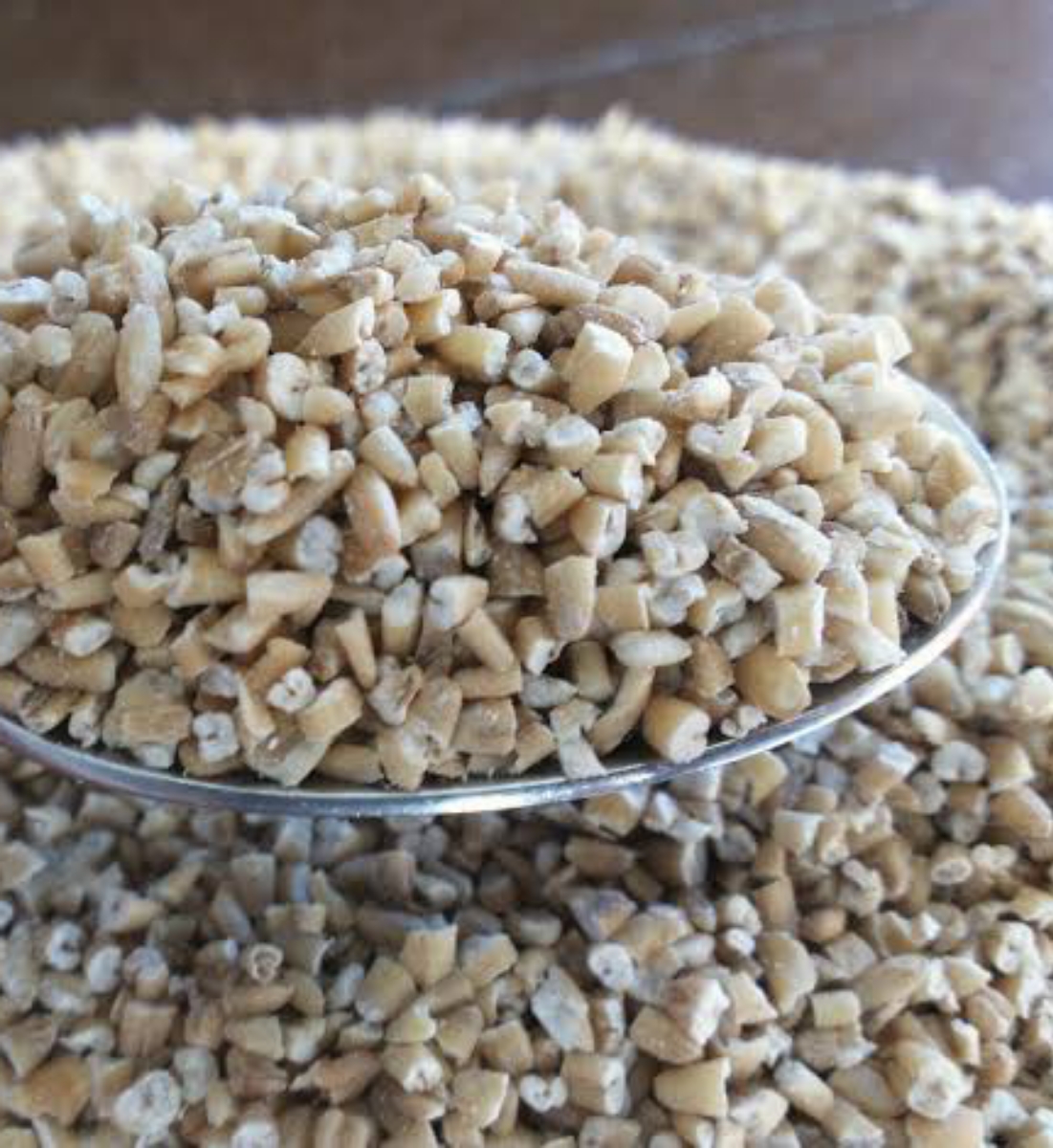
The wonderfood: People who eat oatmeal for breakfast feel full longer—even four hours after they put spoon to mouth!
That’s sure to keep you out of the snack drawer mid-morning, boosting your weight loss efforts.
The instant varieties often have added sugars and artificial flavors and making slow-cooking oatmeal on the stove can add stress to your already rushed morning routine.
The solution: overnight oats. All you have to do to whip up a bowl is fill a mason jar or Tupperware container with grains, toppings, add-ins and a liquid like milk or water.
Then you throw it in the refrigerator overnight. While you’re sleeping, the flavors fuse together so all you have to do is scarf it down next morning, no cooking required!
Fruits & Vegetables
When it comes to rapid weight loss some veggies reign supreme while others fall fairly flat in comparison?
It’s true! Thanks to their specific nutritional profiles, certain produce-aisle picks can help you trim down by revving your metabolism, turning off belly fat genes, and frying flab, and that’s on top of all their other health-boosting benefits.
26. Kale
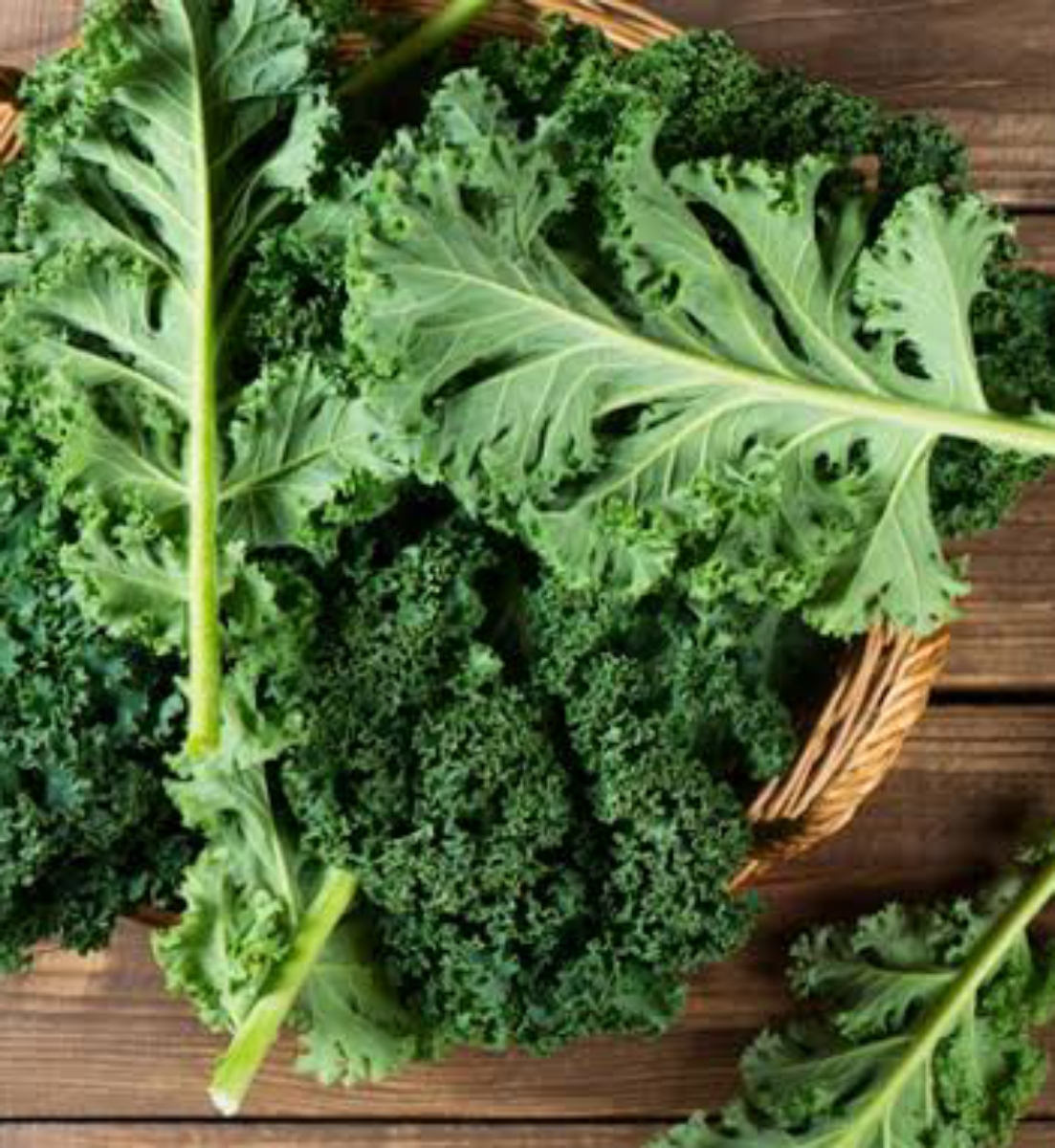
Kale has definitely had its moment in the sun (and then some) but as far as healthy veggies go, it’s certainly worthy of praise.
The cruciferous green (which is even available in McDonald’s these days) is loaded with health-boosting nutrients like vitamin A, phosphorus, and B vitamins like folate, and it boasts twice the vitamin C as spinach, another nutritional superstar.
In additional, a study in the journal JRSM Cardiovascular Disease found that a high daily consumption of green leafy and cruciferous veggies (such as kale) significantly reduced incidence of several types of cardiovascular disease, the leading cause of death among women in the U.S. And since the veggie is as versatile as they come, feel free to add some kale to an array of meals ranging from egg dishes to tacos, and drinks such as juices and smoothies.
25. Watercress
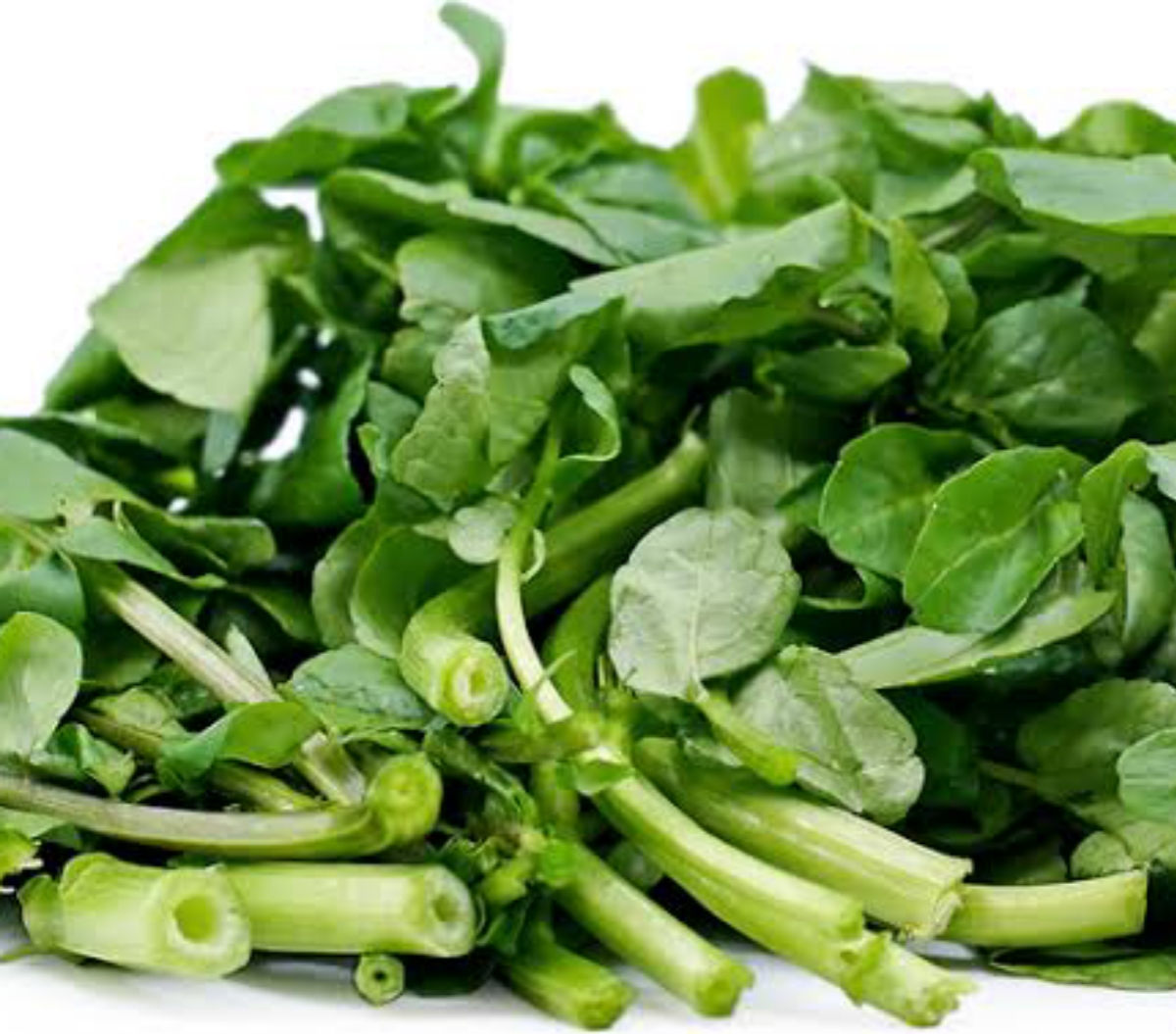
The next time you’re making a salad, why not throw some watercress in there?
The green veggie is an excellent source of folate, which has been shown to stimulate weight loss.
In fact, a study in the British Journal of Nutrition found that those with the highest folate levels lose about 8.5 times more weight when dieting than those with the lowest levels of folate.
What’s more?
A separate study in the British Journal of Cancer found that higher dietary folate intake reduces breast cancer risk. In addition to watercress, other good sources of folate include spinach, asparagus, and papaya.
24. Sun-Dried Tomatoes
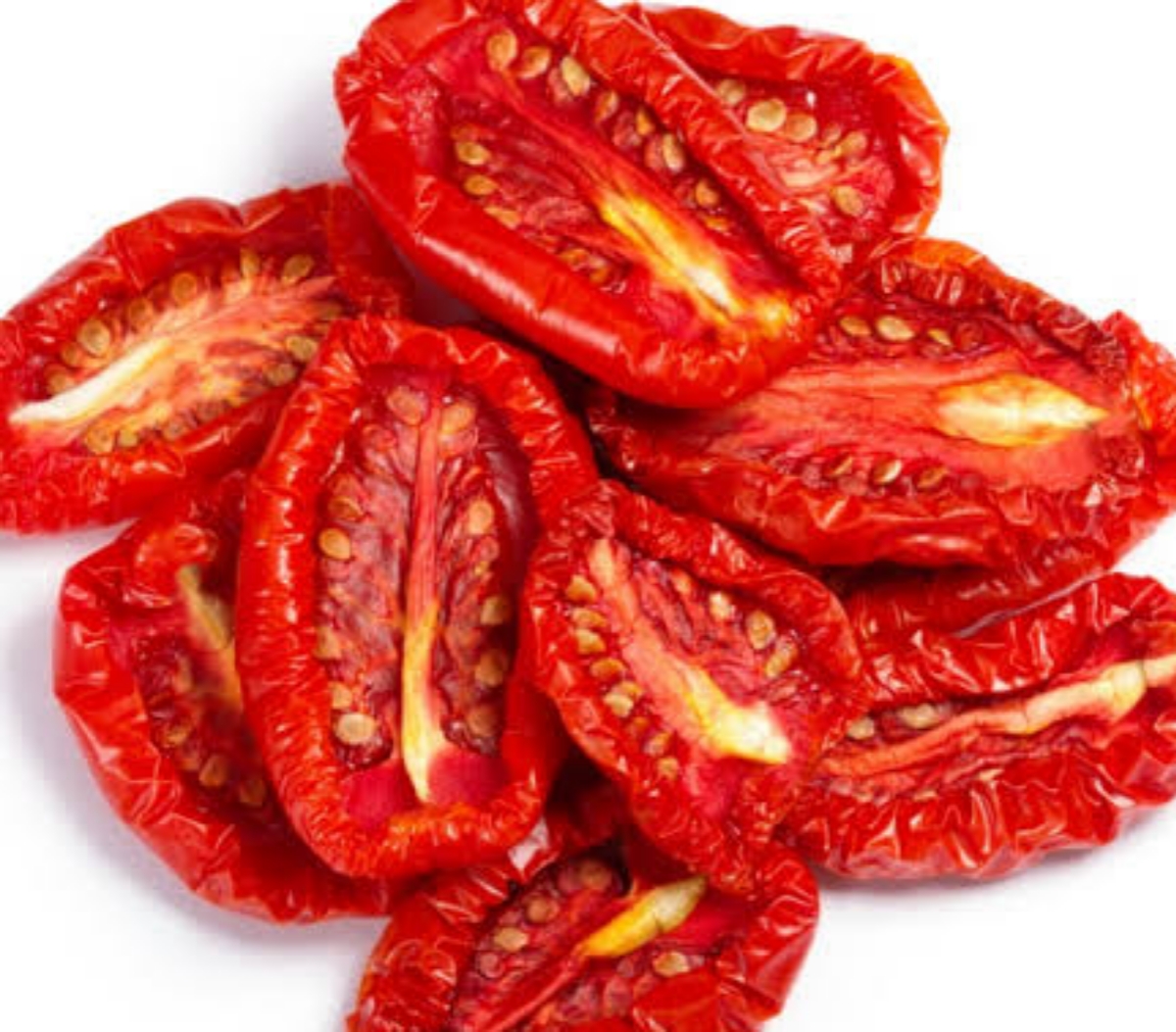
Tomatoes are packed with the antioxidant lycopene, which studies show can decrease your risk of bladder, lung, prostate, skin, and stomach cancers, as well as reduce the risk of coronary artery disease.
Just one cup of the sun-dried version will lend you 6 grams of satiating protein, 7 grams of fiber and 75 percent of your RDA of potassium, which is essential for heart health and tissue repair.
They’re also rich in vitamins A and K. Use them as a pizza topping, a tangy addition to salads, or snack on them right out of the bag.
23. Peppers

You may have heard that spicy hot peppers can help you scorch calories, but did you know that mild peppers can have the same effect?
Thanks to a metabolism-boosting compound, dihydrocapsiate, and their high vitamin-C content, sweet red and green peppers can help you lose weight.
One cup of these bell-shaped veggies serves up to three times the day’s recommended vitamin C, a nutrient that counteracts stress hormones which trigger fat storage around the midsection.
22. Carrots
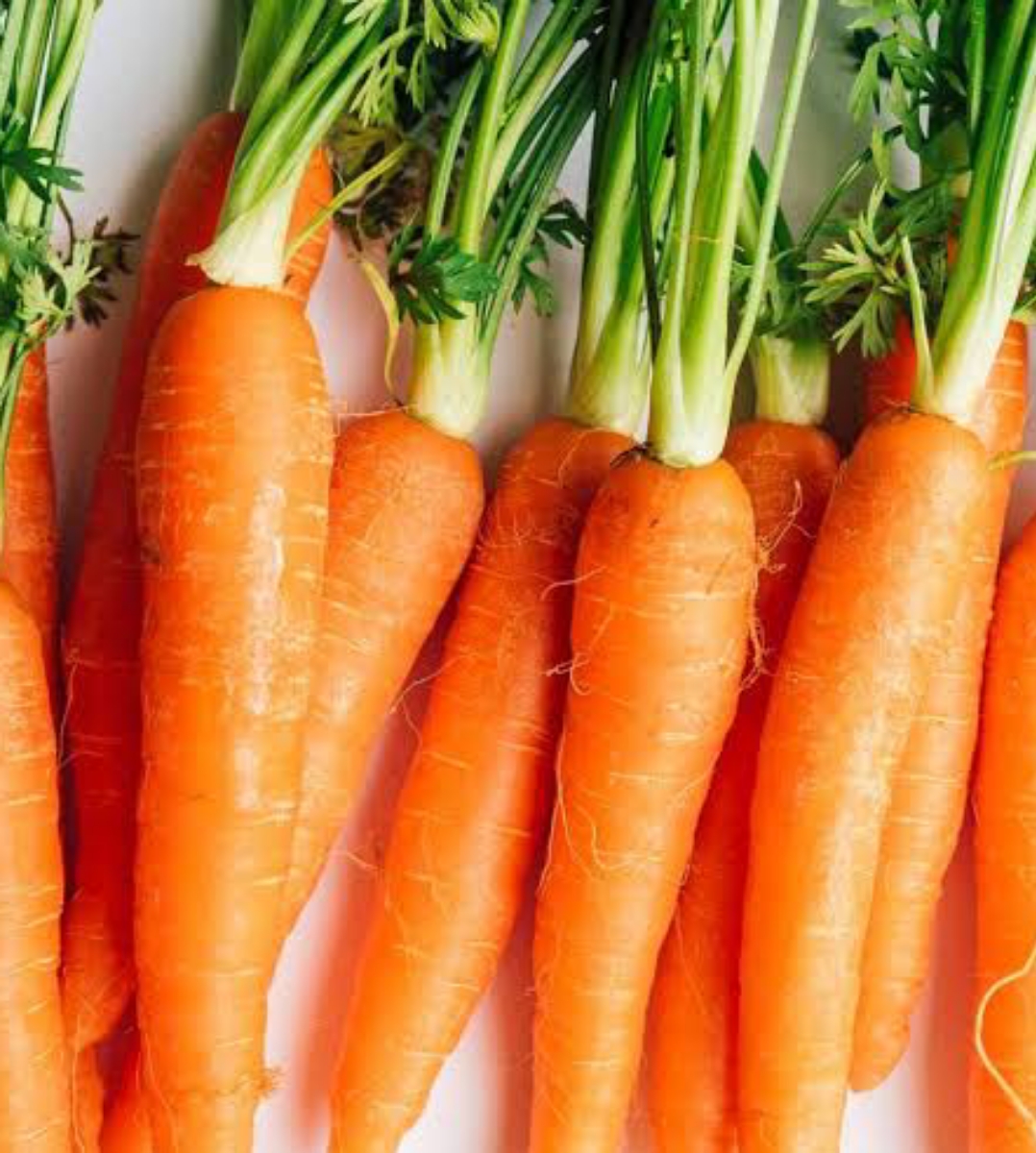
Carrots are an excellent source of vitamin A, vitamin C, vitamin K, potassium, and fiber, and that’s just the tip of the nutritional iceberg.
Beta-carotene, the compound that gives carrots their orange hue, has been linked to a decreased risk for developing certain types of cancer.
Per an American Journal of Clinical Nutrition study of over 3,000 women, those who had higher levels of beta-carotene in their blood had a 59 percent lower risk of a certain type of breast cancer (ER-negative breast cancer) than women with lower levels. Another related compound also found in carrots, alpha-carotene, reduced the cancer risk by about 39 percent.
Another study published in the journal Nutrition and Cancer suggested beta-carotene may ward off lung cancer.
According to scientists, beta-carotene and alpha-carotene are carotenoids that our bodies convert to vitamin A, which is important for immune function, maintaining healthy cells, and activating carcinogen-metabolizing enzymes.
21. Sweet potato

Although white potatoes offer some potassium and fiber, sweet potatoes actually reign supreme in the nutrition department.
A large sweet potato contains around 4 grams of satiety-boosting protein, 25 percent of the day’s belly-filling fiber, and 11 times the recommended daily intake of vitamin A, which has been shown to have cancer-fighting properties.
A Taiwan-based study in the Asia Pacific Journal of Clinical Nutrition found that higher consumption of vitamin A-rich vegetables, especially garland chrysanthemum and sweet potato leaves, might provide potential protection from lung cancer. All that nutrition and protection for less than 200 calories? Count us in!
20. Onions
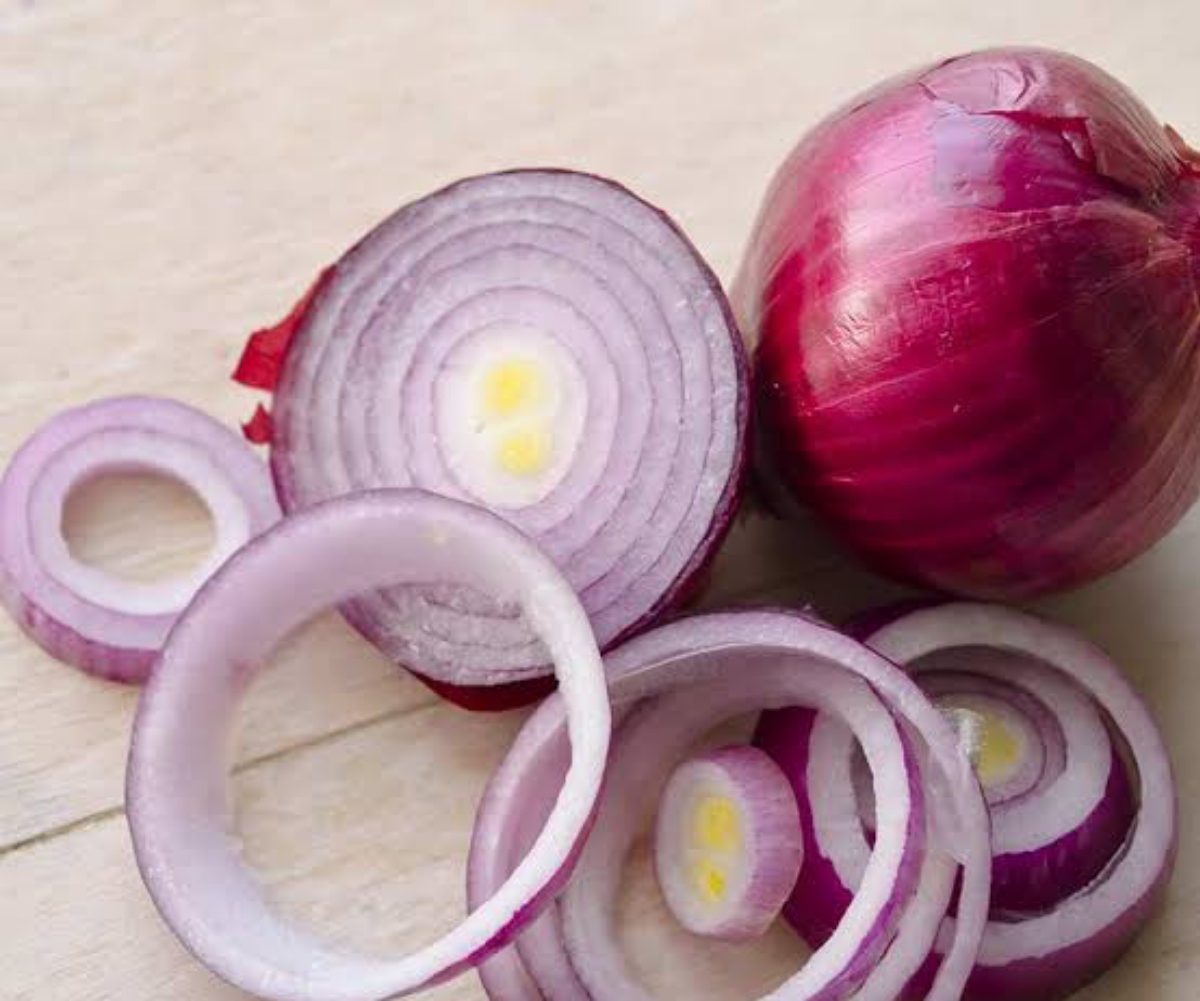
Onions are rich in quercetin, a flavonoid that increases blood flow and activates a protein in the body that helps regulate glucose levels, torches stored fat and keeps new fat cells from forming.
Not to mention, onions are basically the unsung hero of cardiovascular health, an important area of wellness for everyone, but especially those who hit the gym hard to accelerate their weight-loss efforts.
The culinary staple can help lower cholesterol, ward off hardening of the arteries and help maintain healthy blood pressure levels.
The best part?
Onions are super low-cal and easy to throw into just about anything, from soups, homemade burgers, sandwiches and tacos to pastas, salads, veggie sides, rice and omelets.
19. Beets
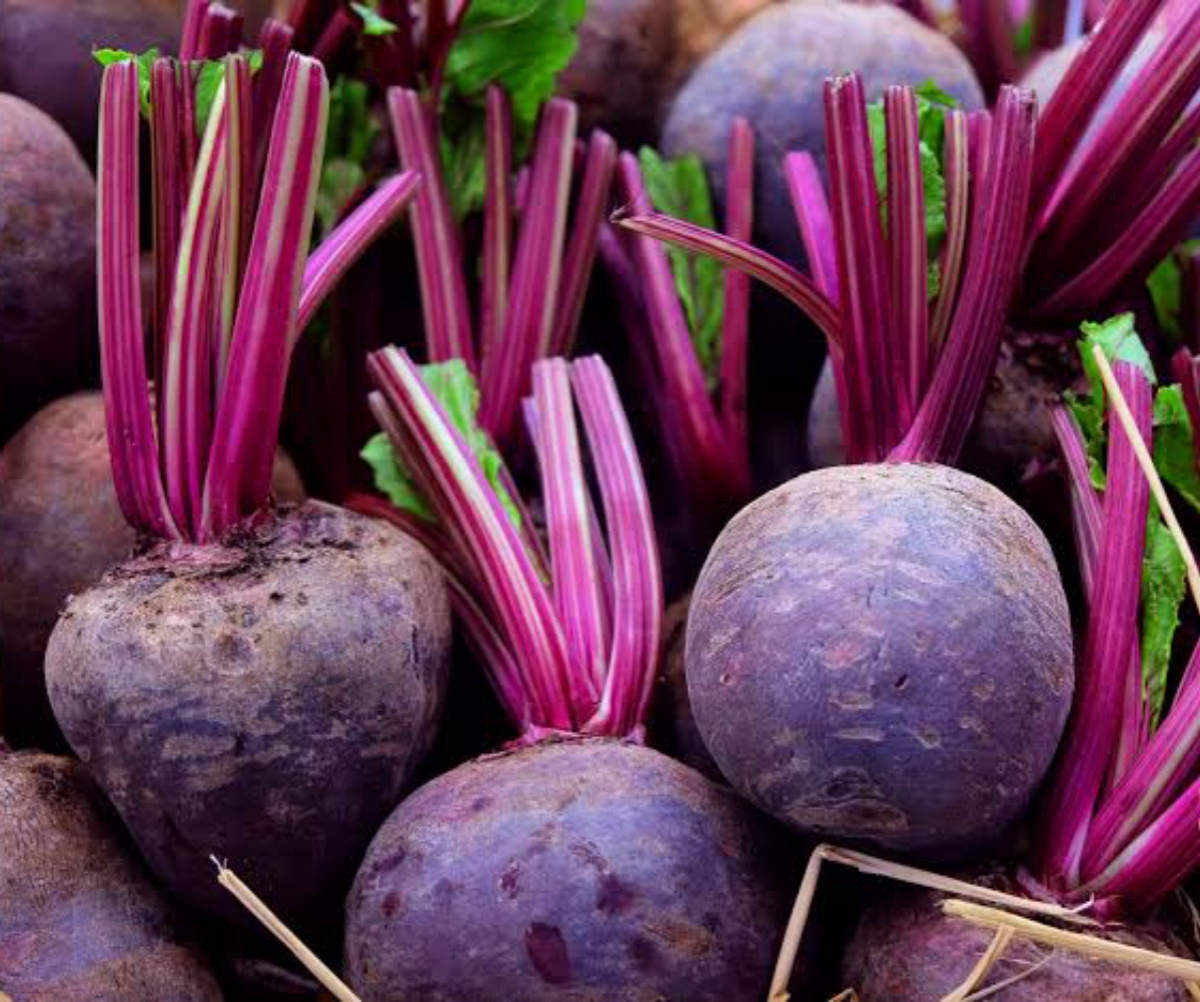
Beets are high in immune-boosting vitamin C, fiber, and essential minerals like potassium, which allows for healthy nerve and muscle function, and manganese, which is good for your bones, liver, kidneys, and pancreas.
These ruby-red roots contain a type of antioxidant called betalains that help repair and regenerate cells in the liver, your body’s primary detox organ.
What’s more?
Beets also contain nitrates which, according to a study in The Journal of Nutrition, lowers blood pressure and helps those with chronic kidney disease.
18. Eggplant
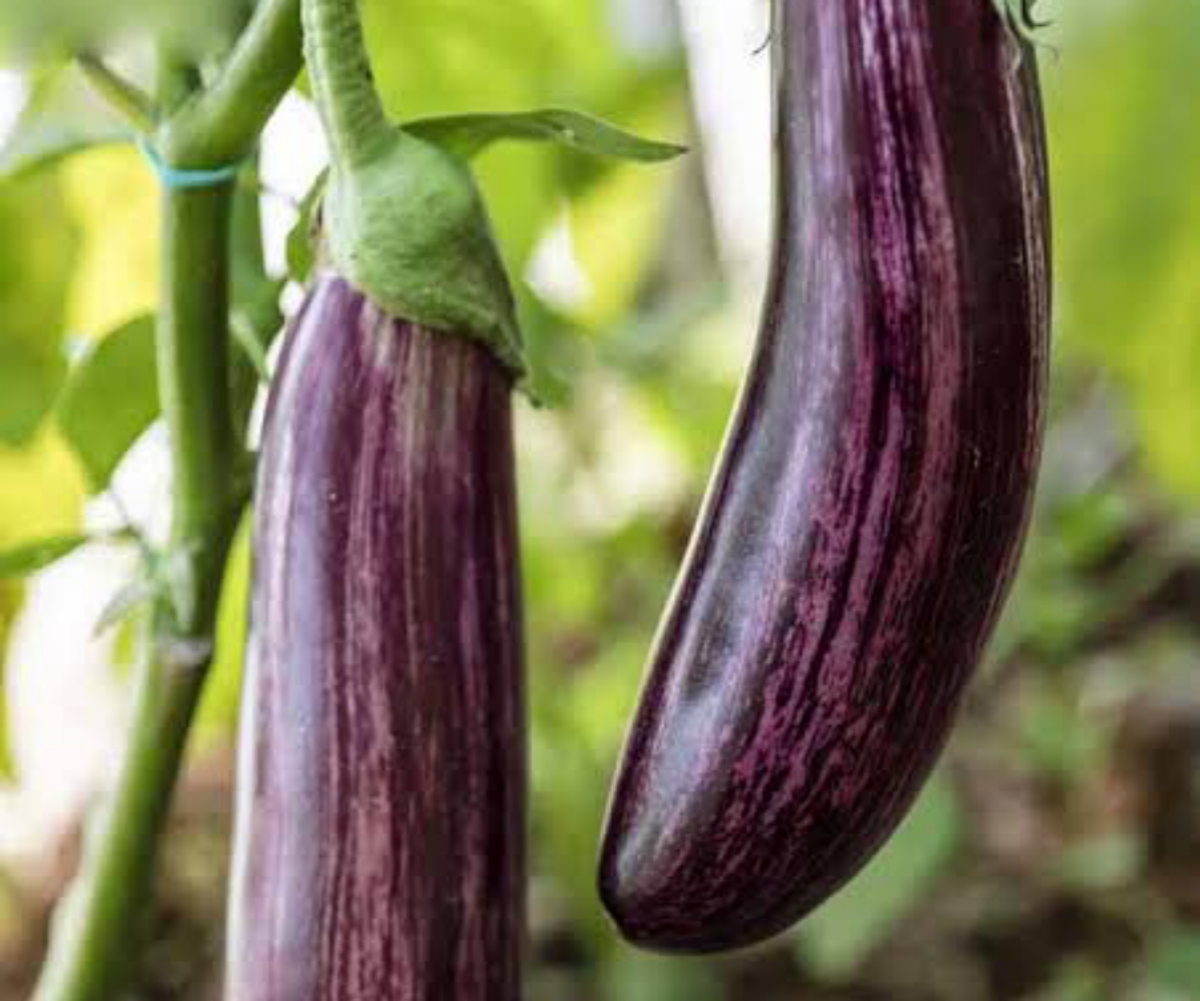
According to a review published in the journal Molecular Nutrition & Food Research anthocyanins, flavonoids that give eggplants their unique color, will provide you with an array of impressive benefits.
Said perks include but are not limited to obesity control, diabetes control, cardiovascular disease prevention, and improvement of visual and brain functions such as a sharper short-term memory and reduced inflammation.
Go ahead and toss some of this yummy veggie into a stir-fry or make some babaganoush—an eggplant-based spread with fewer calories than hummus.
17. Peas

It’s enough to make Popeye do a spit take: Despite their wimpy reputation, a cup of green peas contains eight times the protein of a cup of spinach. And with almost 100 percent of your daily value of vitamin C in a single cup, they’ll help keep your immune system up to snuff. Layer them into a mason jar salad or add them to an omelet to boost eggs’ satiating power.
16. Avocado
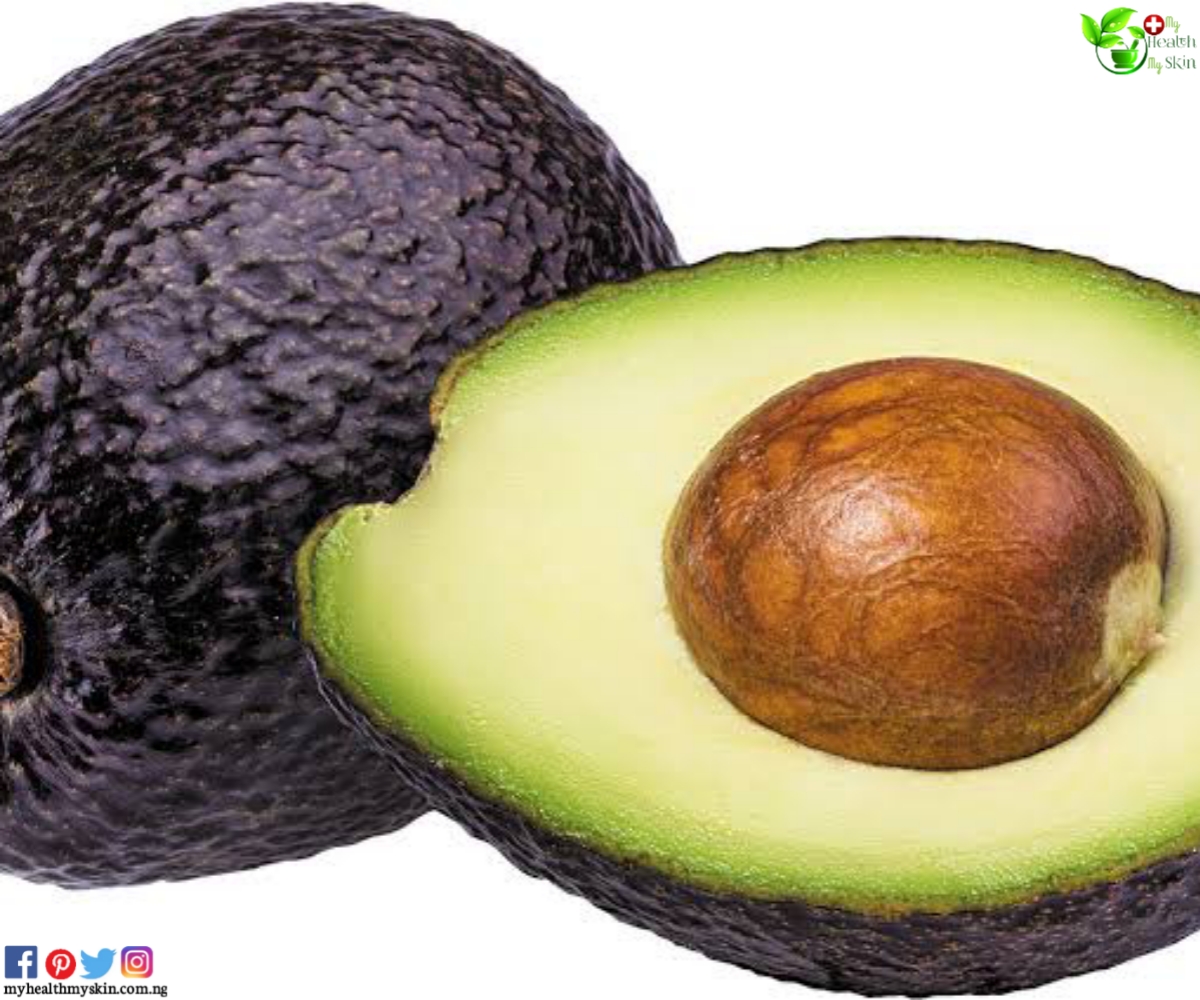
Though somewhat villainized for being high in calories, avocados are more than worthy of a role in your diet.
Just half of an avocado contains 4.6 grams of belly-filling fiber, and the green fruit’s satiating powers are so potent that a study in Nutrition Journal discovered that folks who added half a fresh avocado to their meal reported a 40 percent decreased desire to eat for hours afterward.
Furthermore, avocados contain metabolism-enhancing monounsaturated fats that have been shown to reduce hunger, and unsaturated fats, which seem to prevent the storage of belly fat.
In fact, according to a review that appeared in the journal Phytotherapy Research, avocados may help combat metabolic syndrome, which is a clustering of risk factors including high blood sugar, cholesterol, blood pressure, and body mass index that may then lead to an increased risk of type 2 diabetes and cardiovascular disease.
15. Watermelon
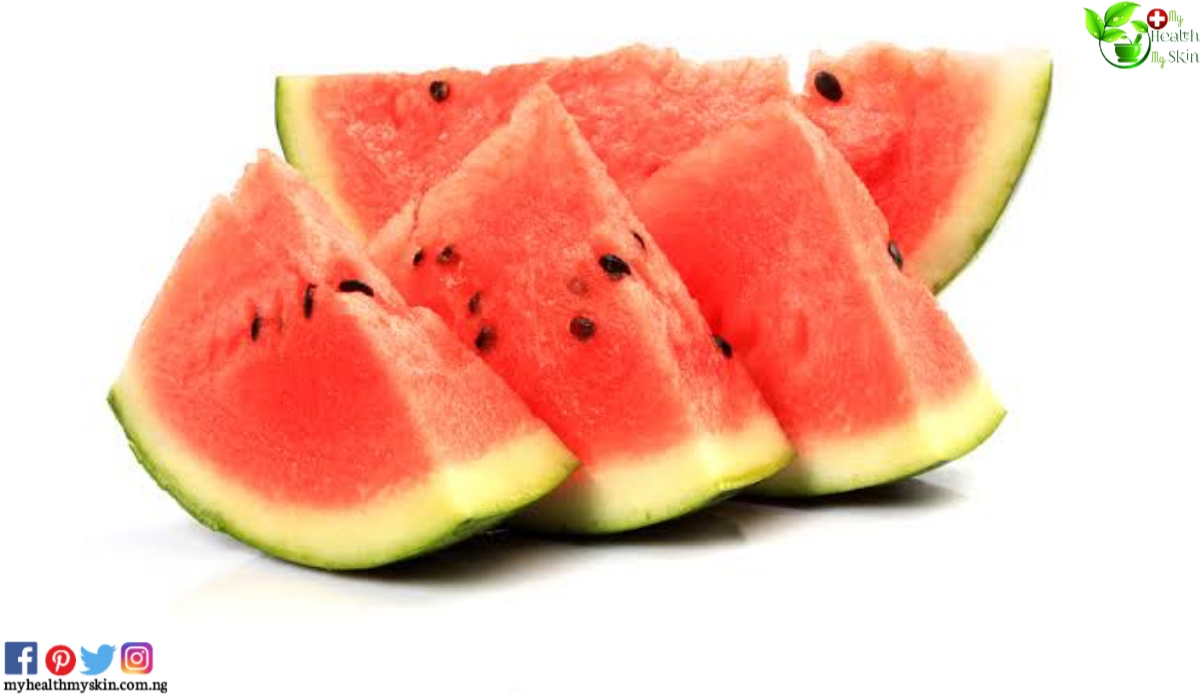
Watermelon sometimes gets a bad rap for being high in sugar, but the fruit has some impressive health benefits. Eating watermelon may improve lipid profiles and lower fat accumulation, according to University of Kentucky researchers. Better yet, a study of athletes by the Universidad Politécnica de Cartagena in Spain found watermelon juice to help reduce the level of muscle soreness. And staying hydrated with foods like watermelon is just one of the ways to eat your water.
Teas
For most Americans, tea is tea. However, in places like Japan, the UK, and large swaths of Southeast Asia, tea leaves are as diverse and nuanced as wine grapes. Not only does the flavor profile change dramatically between one tea variety and the next, but so do the health benefits. Not only can certain brews fight off various diseases, select teas have also been shown to rev the metabolism, quell hunger, slash waist-widening stress and shrink fat cells. When Taiwanese researchers studied more than 1,100 people over a 10-year period, they determined that those who drank tea had nearly 20 percent less body fat than those who drank none!
To ensure you brew the best cups for your weight loss goals, we’ve rounded up the most potent waist-whittling teas from around the world.
14. Black Tea
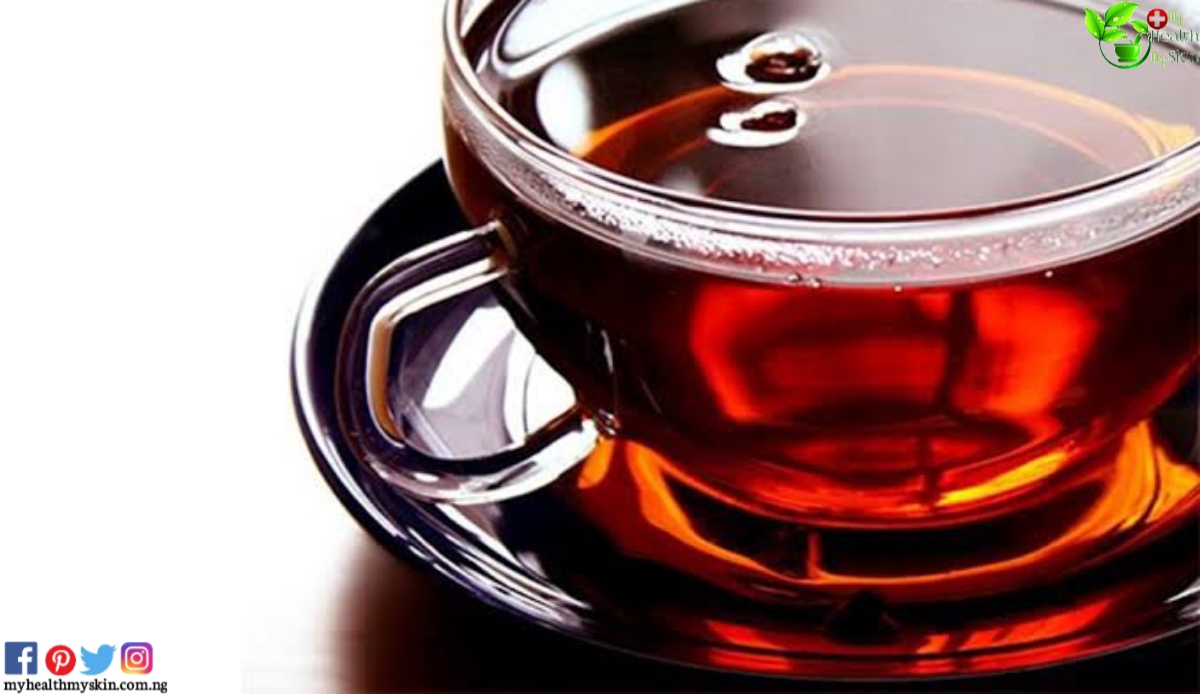
Italian researchers found that drinking a cup of black tea per day improves cardiovascular function, and the more cups you drink, the more you benefit!
Better cardiovascular function means you can breeze through that 5K you signed up for. And a study published in the Proceedings of the National Academy of Sciences revealed that drinking 20 ounces of black tea daily causes the body to secrete five times more interferon, a key element of your body’s infection-protection arsenal.
13. White Tea
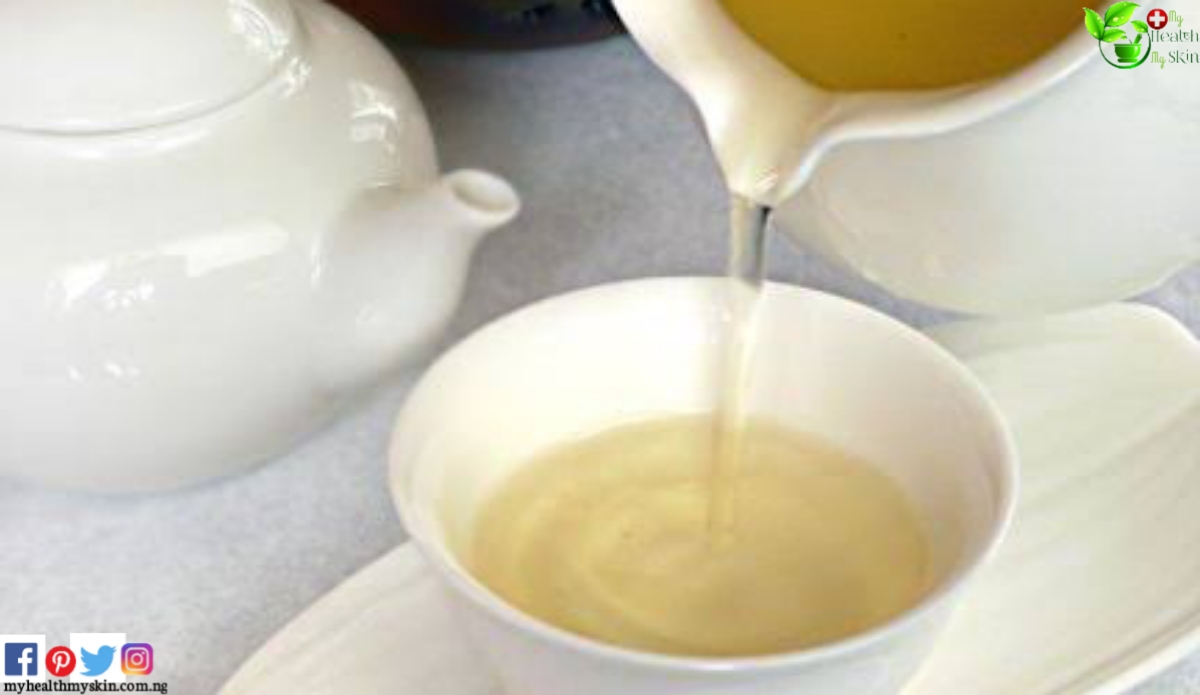
Generally speaking, tea is an excellent no-sugar alternative to sickeningly sweet sodas and juices, and, as you will soon learn, each variety of tea comes with its own weight loss benefits. For example, a study in the journal Nutrition & Metabolism found white tea can simultaneously stimulate the breakdown of fat in the body while blocking the formation of new fat cells—a belly-blasting double whammy!
12. Green Tea
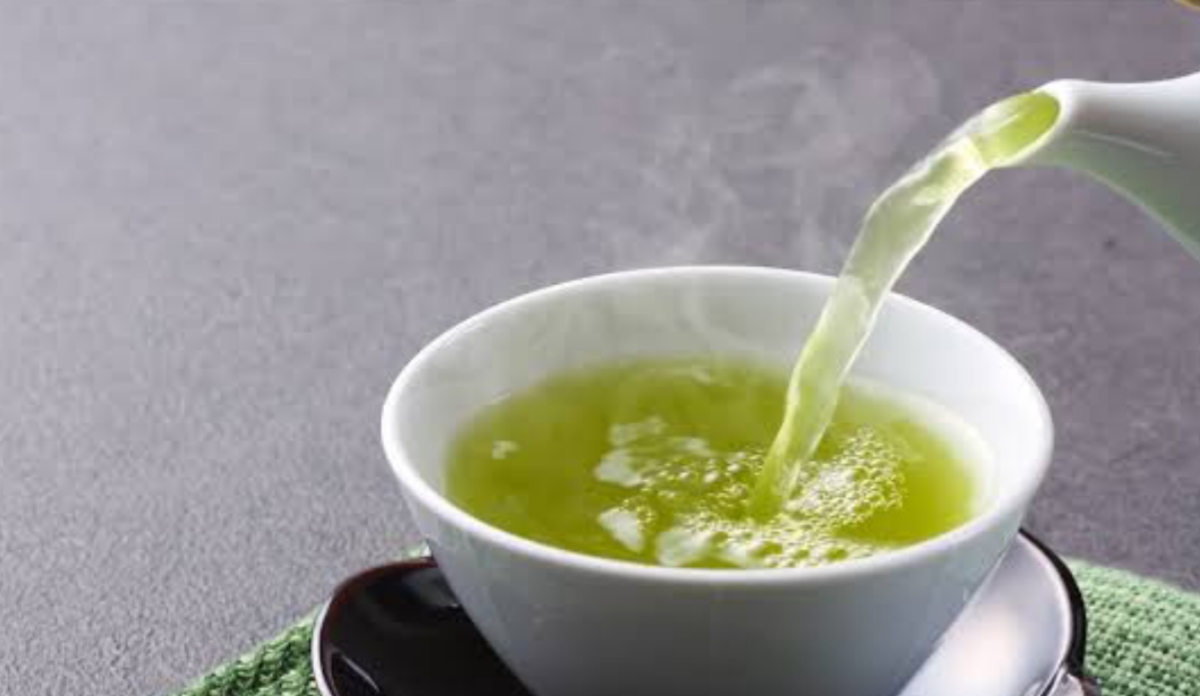
Get one thing straight: Green tea literally blasts away flab! Researchers attribute the fat-burning properties of green tea to catechins, specifically EGCG, the name of a group of antioxidative compounds that blast adipose tissue by revving the metabolism, increasing the release of fat from fat cells (particularly in the belly), and then speeding up the liver’s fat burning capacity.
It gets better: Research suggests that combining regular green-tea drinking with exercise may maximize the weight loss benefits.
A study in The Journal of Nutrition found that participants who combined a daily habit of 4-5 cups of green tea with a 25-minute workout lost 2 more pounds than the non-tea-drinking exercisers.
11. Red Tea
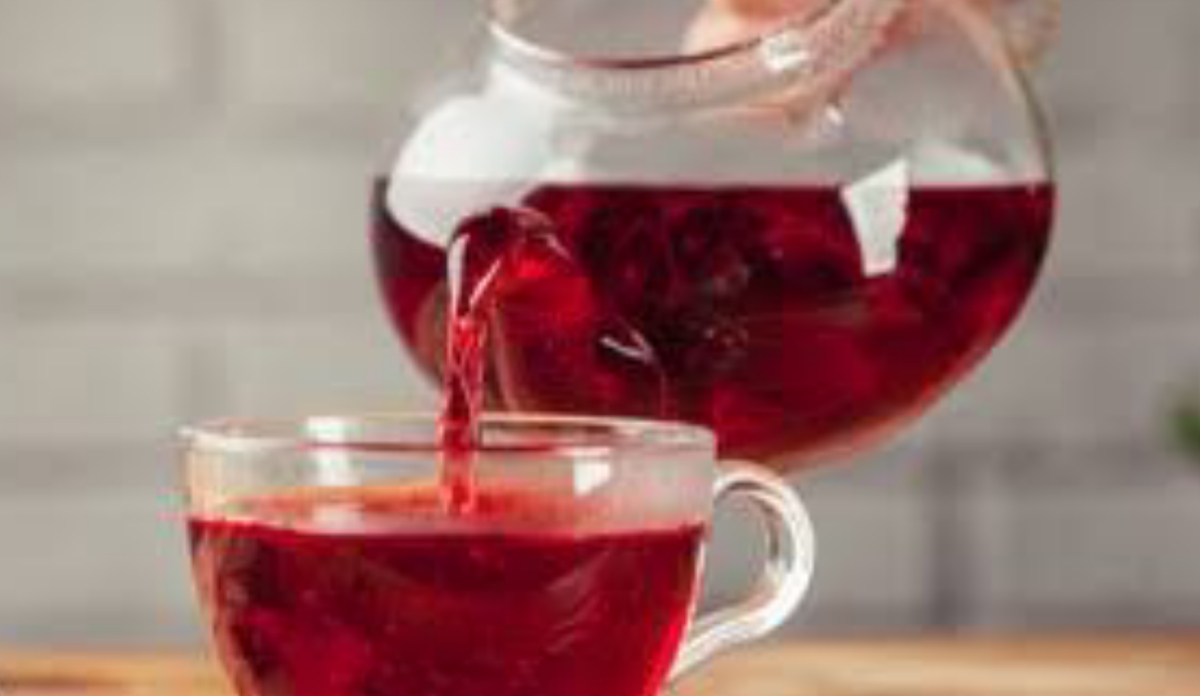
Rooibos tea is made from the leaves of the “red bush” plant, grown exclusively in the small Cederberg region of South Africa, near Cape Town.
What makes rooibos tea particularly good for your belly is a unique and powerful flavonoid called Aspalathin.
According to South African researchers, polyphenols and flavonoids found in the plant inhibit adipogenesis–the formation of new fat cells–by as much as 22 percent.
The chemicals also help aid fat metabolism. Plus, Rooibos is naturally sweet, so you won’t need to add sugar. It’s also not technically a tea—it’s an herbal infusion.
Red Meat & Pork
The chicken breast is the gold standard of healthy grilling that can aid weight loss: low fat, high protein: the key to any successful eating plan is variety, and research indicates that you now have options.
While you still want to steer away from traditional supermarket ground chuck, there are ways to enjoy a beef burger knowing you’re doing right by your waistline. And you can open up your grill to more creative choices, too—all packed with nutrients and protein that’ll keep your fitness goals on track without sacrificing flavor.
10. Oysters
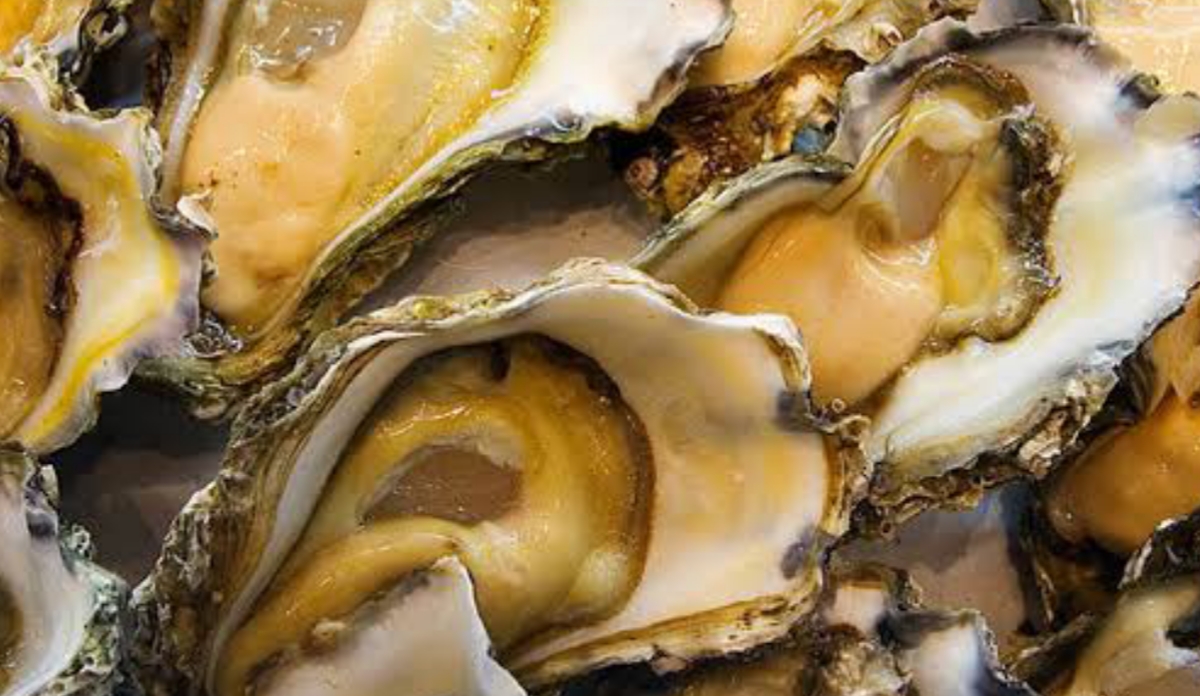
Speaking of weight loss oysters have also been shown to contribute to help you shed pounds thanks to their impressive zinc content. One study found that obese people who consumed 30 milligrams of zinc per day—the equivalent of just six raw oysters—had lower BMIs, weighed less, and showed improvements in blood cholesterol levels. What’s more? That same six-oyster helping will give you 28 g of protein and 2,064 mg of omega-3s.
9. Wild Salmon
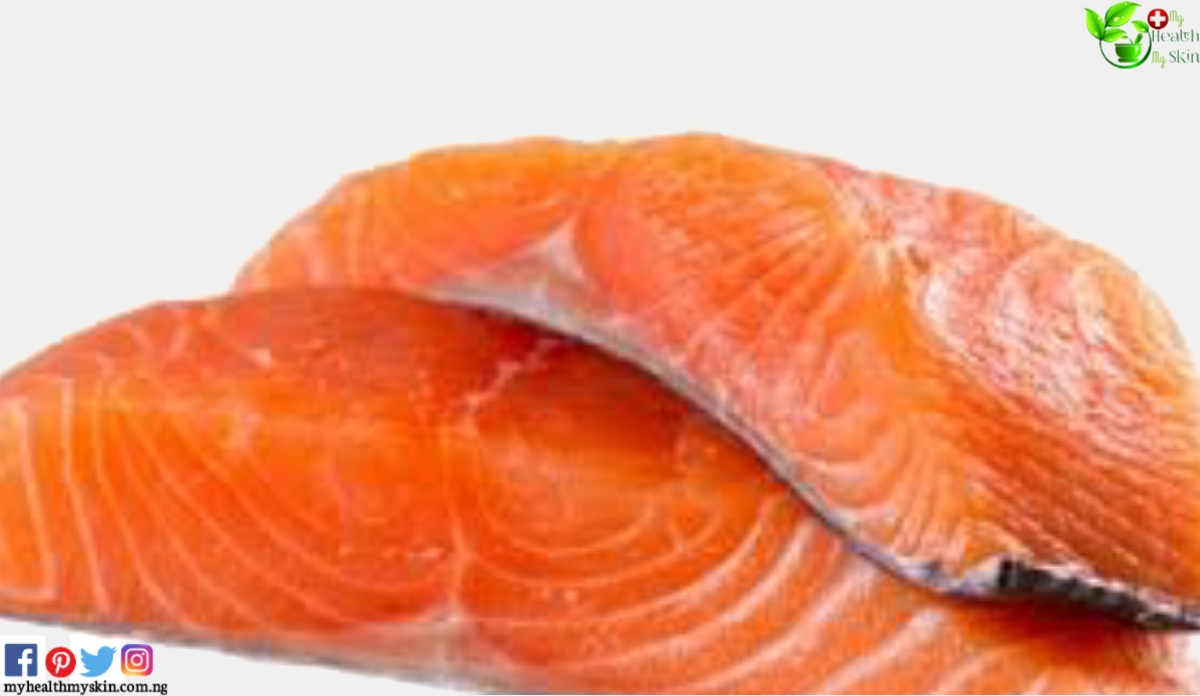
Don’t let salmon’s relatively high calorie and fat content fool you; studies suggest the oily fish may be one of the best for weight loss.
In one recent study, participants were divided into groups and assigned one of three equi-caloric weight loss diets that included no seafood (the control group), lean white fish, or salmon.
Everyone lost weight, but the salmon eaters had the lowest fasting insulin levels and a marked reduction in inflammation. It’s likely due to salmon’s high levels of anti-inflammatory omega-3 fatty acids.
8. Pork

A longtime enemy of doctors and dieters, pork has been coming around as a healthier alternative of late as long as you choose the right cut.
Your best bet is pork tenderloin: A University of Wisconsin study found that a three-ounce serving of pork tenderloin has slightly less fat than a skinless chicken breast.
It has 24 grams of protein per serving and 83 milligrams of waist-whittling choline (in the latter case, about the same as a medium egg).
In a study published in the journal Nutrients, scientists asked 144 overweight people to eat a diet rich in fresh lean pork.
After three months, the group saw a significant reduction in waist size, BMI and belly fat, with no reduction in muscle mass! They speculate that the amino acid profile of pork protein may contribute to greater fat burning.
7. Halibut
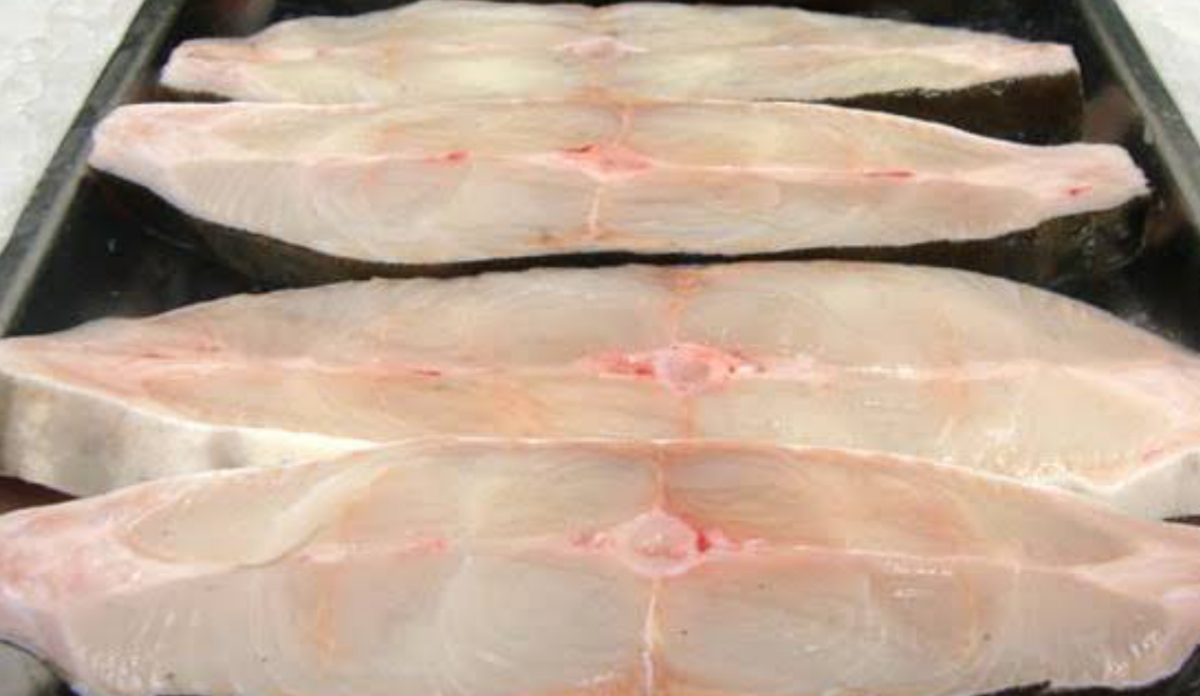
You already knew fish was rich in protein but you might be surprised to learn that halibut tops fiber-rich oatmeal and vegetables in the satiety department.
The Satiety Index of Common Foods ranks it the number two most filling food: bested only by boiled potatoes for its fullness factor.
Study authors attribute the filling factor of white fish like halibut to its impressive protein content and influence on serotonin, one of the key hormones responsible for appetite signals.
Poultry & Eggs
Although there are numerous sources of protein available, ranging from beans and veggies to fish and beef, chicken is by far one of the most popular sources—and it’s easy to see why: it’s affordable, easy to prepare and lower in fat than many other types of meat. But you don’t want to miss out on all the other good-for-you poultry sources!
6. Eggs
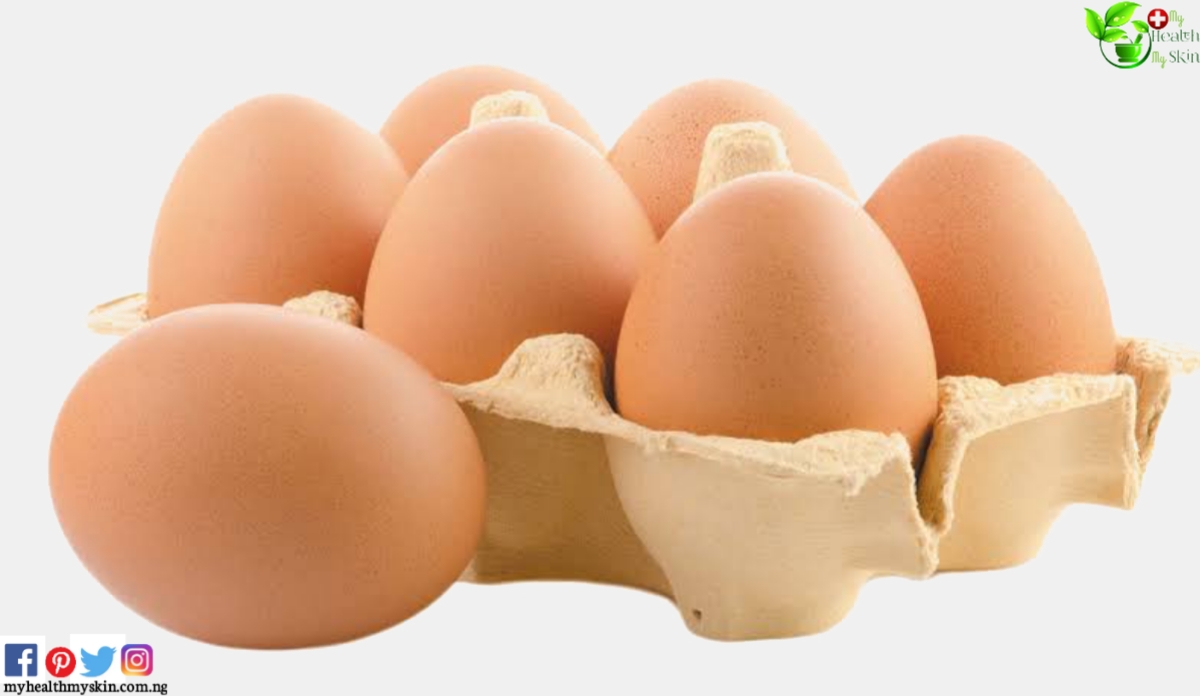
Eggs might just be the easiest, cheapest and most versatile way to up your protein intake. Beyond easily upping your daily protein count, each 85-calorie eggs packs a solid 7 grams of the muscle-builder!
Eggs also boost your health: They’re loaded with amino acids, antioxidants and iron. Don’t just reach for the whites, though; the yolks boast a fat-fighting nutrient called choline, so opting for whole eggs can actually help you trim down.
When you’re shopping for eggs, pay attention to the labels. You should be buying organic, when possible. These are certified by the USDA and are free from antibiotics, vaccines and hormones.
As for color, that’s your call. The difference in color just varies based on the type of chicken—they both have the same nutritional value, says Molly Morgan, RD, CDN a board-certified sports specialist dietician based in upstate New York.
5. Chicken

A 3 oz. cooked chicken breast contains only 142 calories and 3 grams of fat, but packs a whopping 26 grams of protein — more than half of the day’s recommended allowance.
But the go-to protein can be a fail on the taste front. (Our casual poll on the taste of plain breast elicited answers ranging from “air you cut with a knife” to “wet sock.”)
The good thing is that: With just a little creativity, you can make it a savory post-gym dinner or an impressive date-night meal.
Legumes & Nuts
From time to time it’s beneficial to replace animal proteins with plant-based sources of the nutrient in your diet—doing so can reduce your risk of chronic conditions like cancer, cardiovascular disease, diabetes, and obesity.
In one Spanish study, participants who ate a calorie-restricted diet that included four weekly servings of legumes lost more weight than those on a calorie-equivalent diet that didn’t include beans: likely due to their belly-filling fiber content.
A study published in the journal Obesity backs that assumption: The researchers found that eating 160 grams—or a little more than a half cup—of legumes led people to feel 31 percent fuller.
It doesn’t matter what types of beans you eat (so long as they aren’t re-fried), just be sure to work them into your diet to reap the benefits. Mixing some into a smoothie is just one of the ways to lose weight in 4 seconds!
4. Soybean
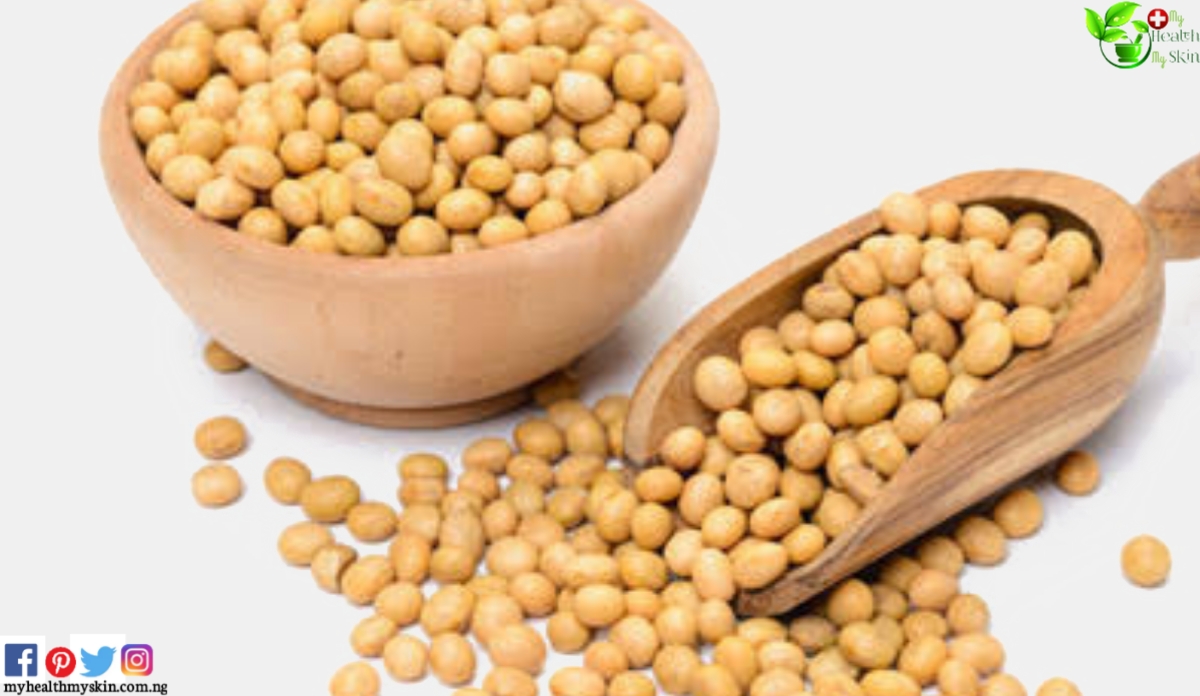
Vegetarians rejoice! Soy protein, such as tofu or tempeh, might not be as popular as chicken or fish, but it boasts its own set of impressive nutritional benefits that include protecting lean body mass and reducing LDL (“bad”) cholesterol.
In fact, a review published in the journal Nutrients found that soy, in addition to lowering bad cholesterol, can also improve cardiovascular health through mechanisms that have nothing to do with its protein content.
Thanks to additional components—namely isoflavones, lecithins, saponins, and fiber. Numerous studies have shown that soy can alleviate cardiovascular disease risk factors such as hypertension, hyperglycemia, inflammation, and obesity beyond cholesterol lowering.
A 2016 study even found that the vegetarian-safe food can also improve kidney function among older adults.
3. Hummus
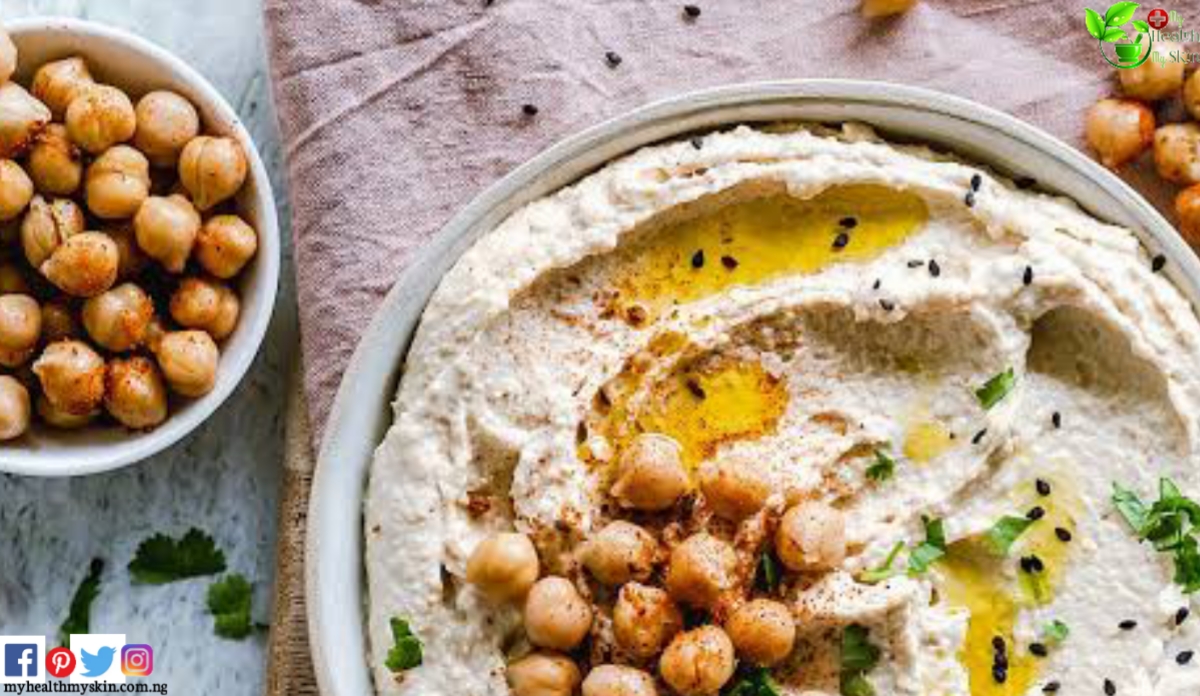
Hummus is made from the mighty garbanzo bean, also known as a chickpea. This satiating dip is higher in fiber, healthy fats, and protein than your average ranch dip, making it a healthier alternative for your crudite platter.
2. Peanut Butter
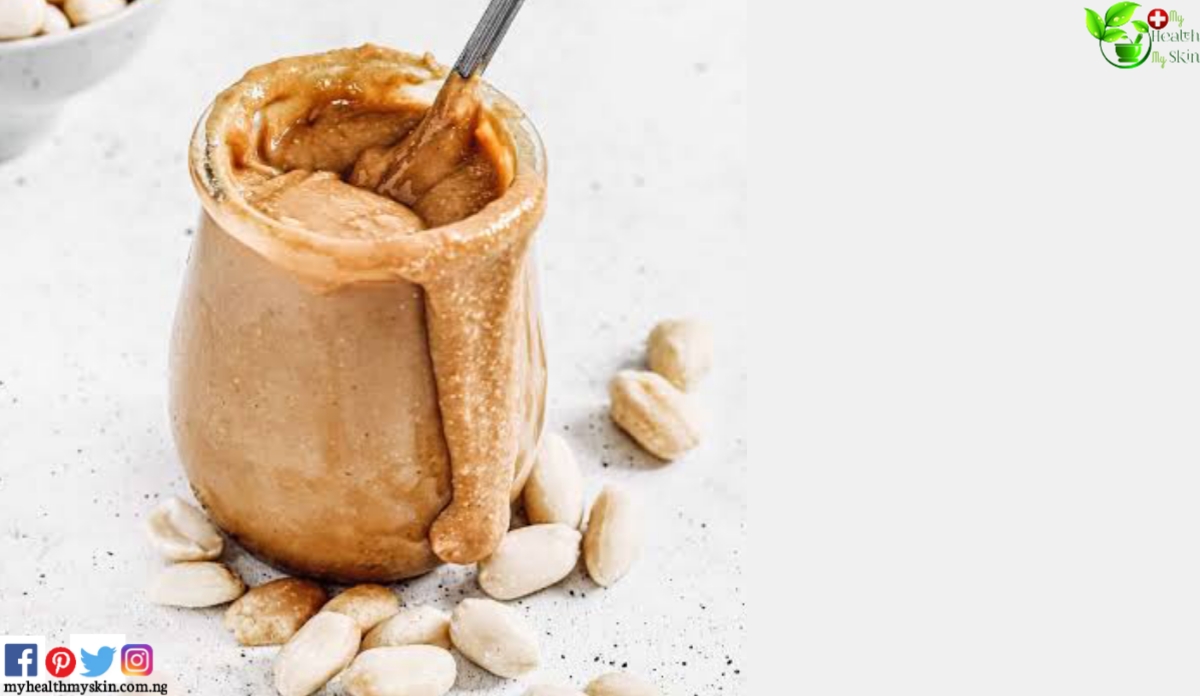
This creamy spread is downright addictive. While eating too much peanut butter can wreak havoc on your waistline, a standard two-tablespoon serving provides a solid dose of muscle-building protein and healthy fats. According to a 2014 study published in The American Journal of Clinical Nutrition, consuming peanuts can prevent both cardiovascular and coronary artery disease—the most common type of heart condition. Look for the unsalted, no sugar added varieties without hydrogenated oils to reap the most benefits. If you’re tired of plain old PB&J sandwiches, try stirring the spread into hot oatmeal, smearing it on fresh produce, or blending it into your post-workout smoothie.
1. Beans
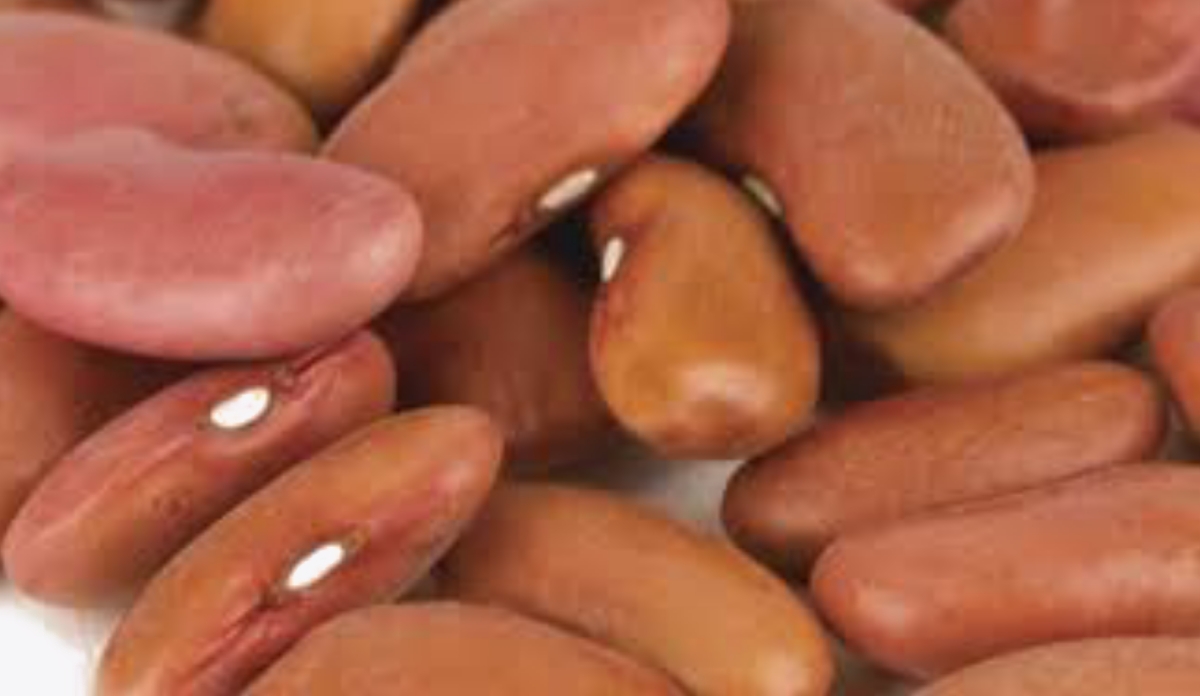
Beans are good for more than just your heart. They’re loaded with proteins, antioxidants, vitamins and minerals that can benefit your brain and muscles, too.
Not to mention, they digest very slowly, which can help you feel fuller, longer, and fuel weight loss efforts without causing feelings of deprivation.
Look for easy-to-use, pre-cooked BPA-free varieties that come in a pouch or a box. Add them to soups and salads or mix them with brown rice and steamed vegetables to create a hearty—yet healthy—dinner.
Big into snacking? Mix black beans with some salsa and corn, and serve with some whole grain crackers (just make sure they are one of our go-to low carb snacks.

